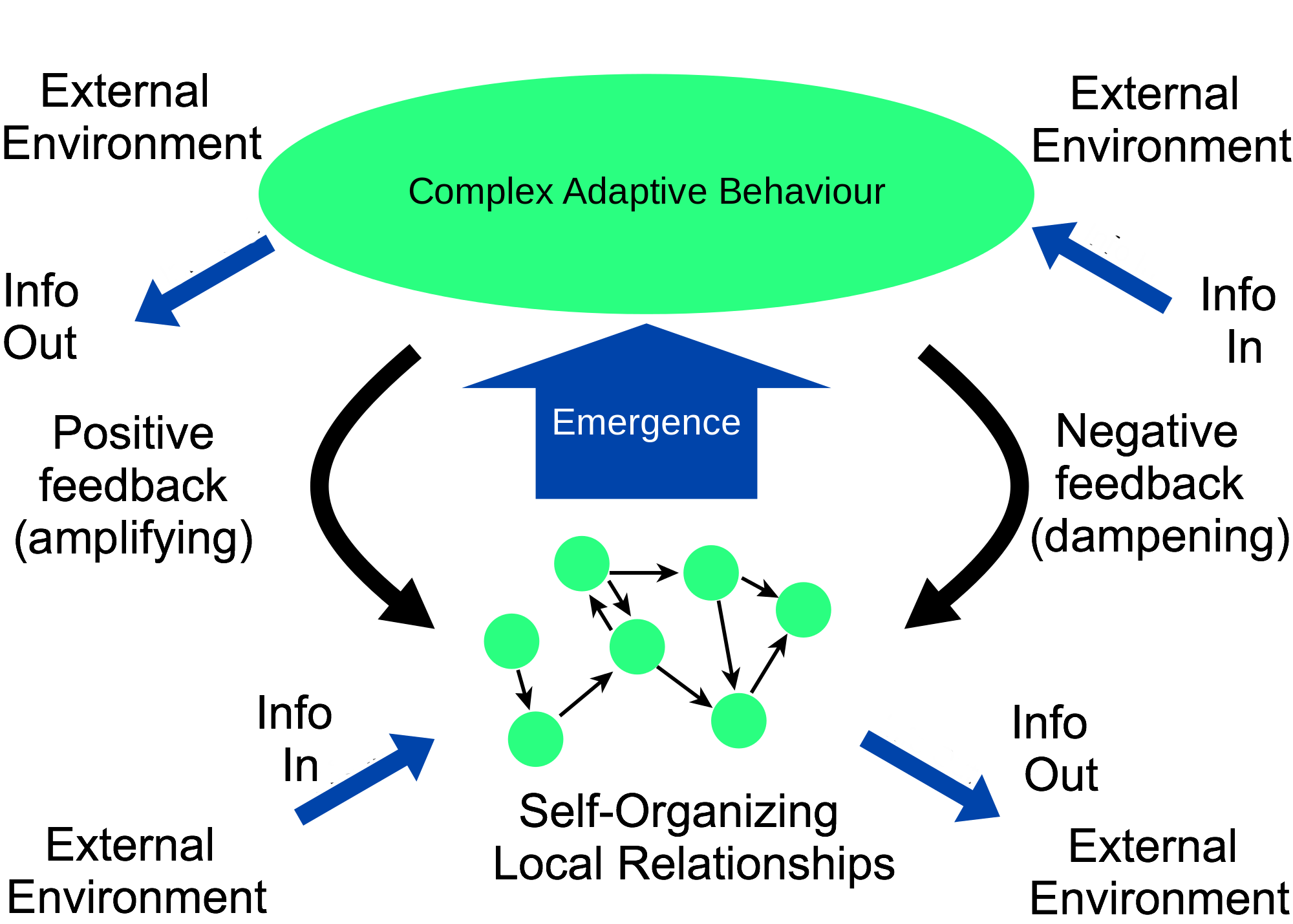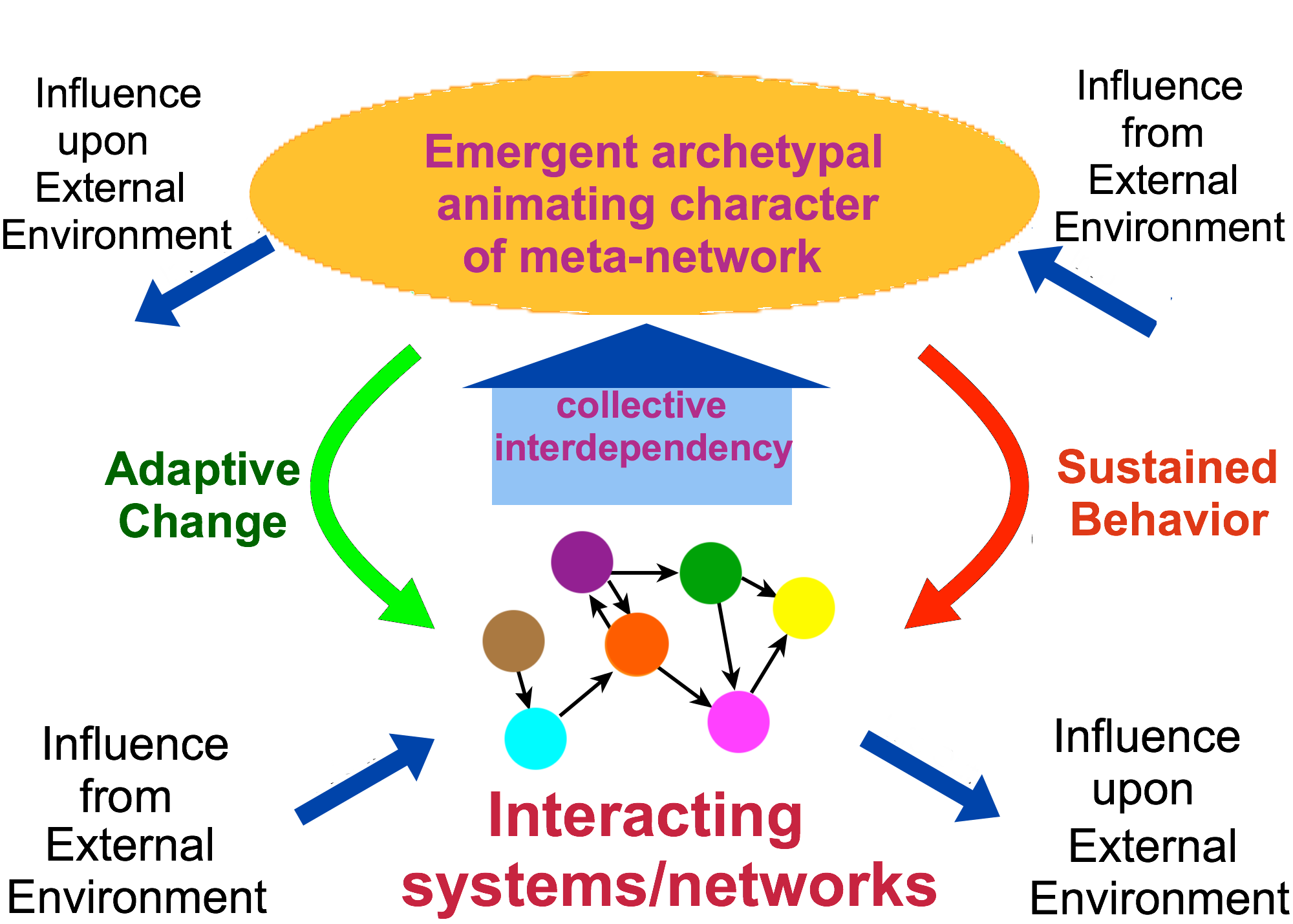| Discover the Reality of Scientific Mythology The Facts of Self-Animating Networks in Nature and a New, Realistic Role for the Mythic Imagination | 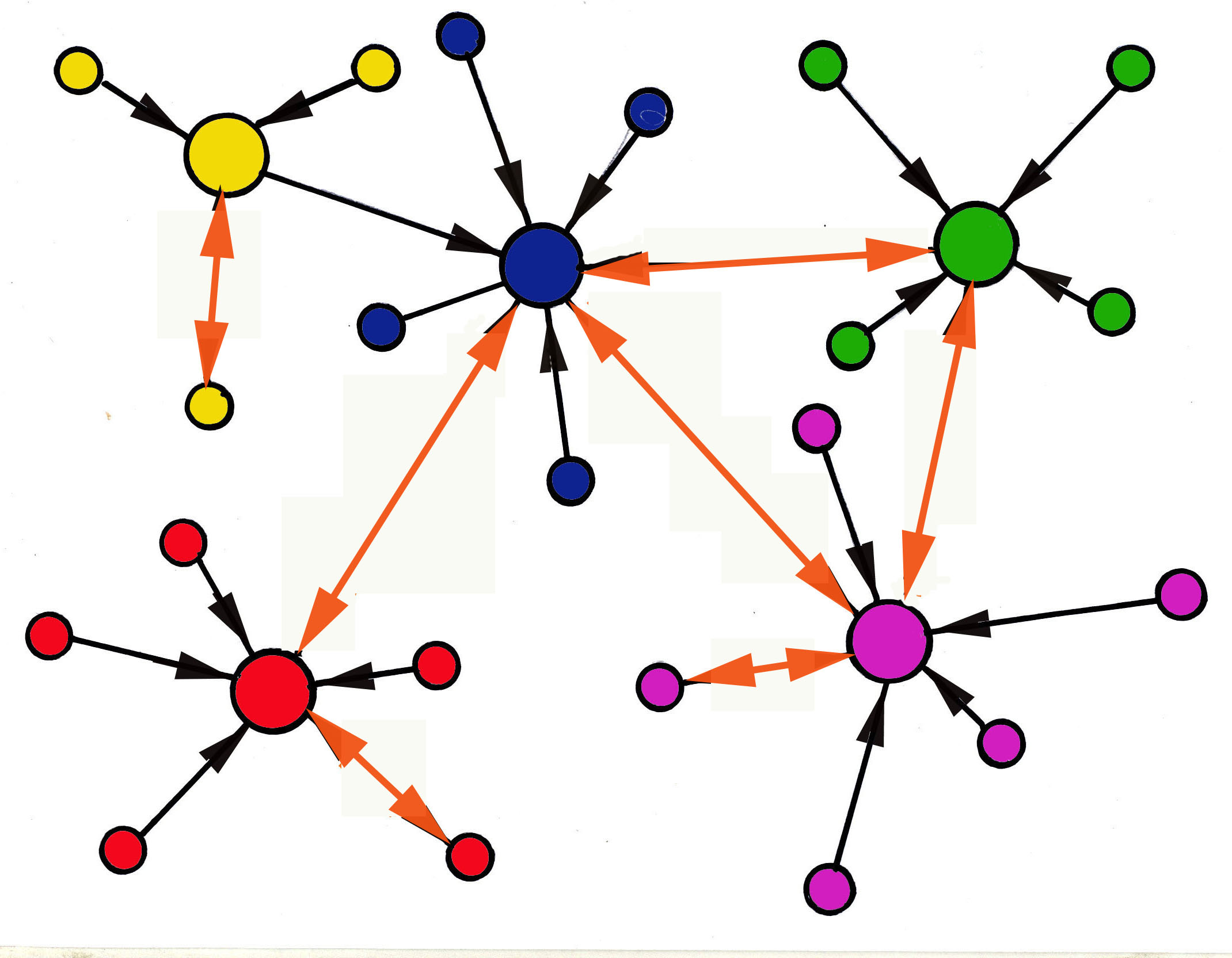 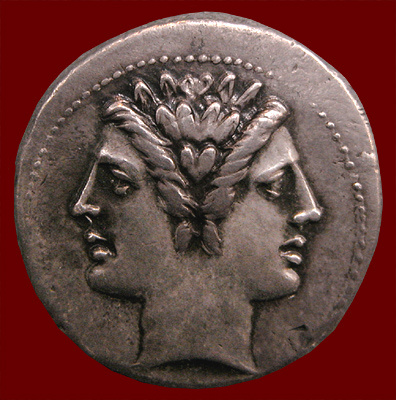 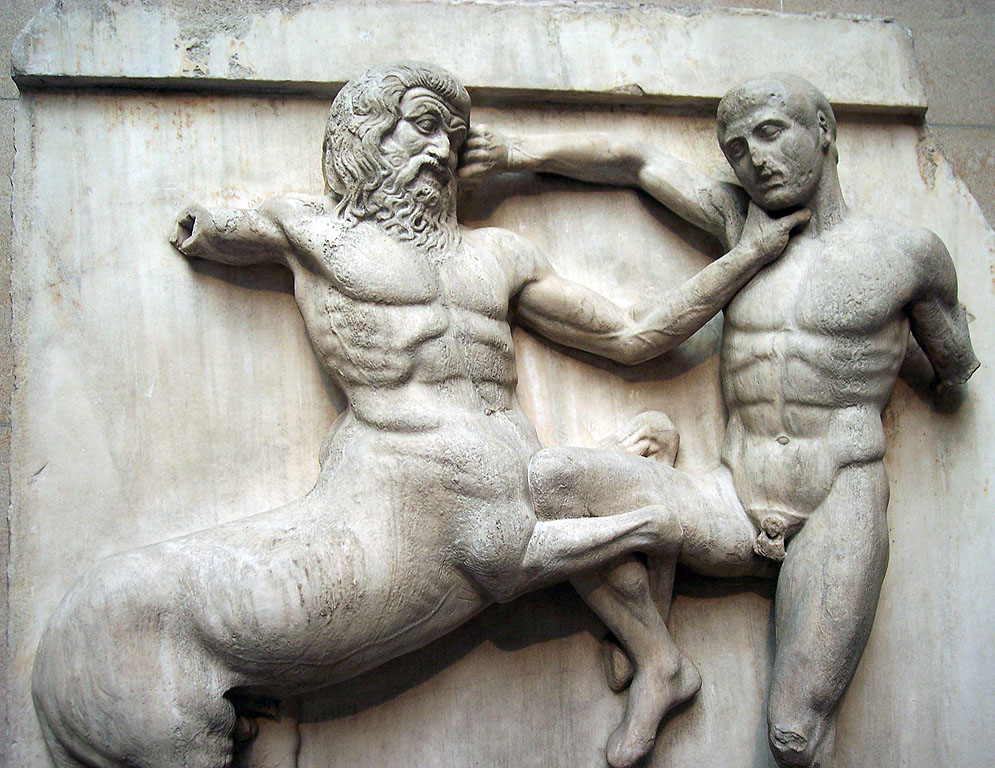
|
> NOTICE: This website represents a work-in-progress. Please contribute your feedback! email link <
| Home Page | What Is Scientific Mythology? |
|
|
Combining Network Science and Mythical Imagination-- to Think Like Nature Acts The Bottom Line:
1. Network science reveals hidden dynamics in self and world: Technical analysis and modeling take us inside the obscure realm of complexity and network operations in new ways. It enables us to plot networks as constellations of surprising connections, feedback loops, and interdependencies in any given system. It reveals how Nature acts through emergent order creation and autonomous network agency to animate the world in ways invisible to our ordinary perspectives. This knowledge is essential to a realistic world view. 2. Network science re-reads mythic symbolism as dynamical modeling of complexity: The factual perspective of network science shows how mythic symbolism models complexity, transforming myth from delusional fantasy into imaginal reality. Myth's magical events and spiritual entities correlate with complexity's emergent creativity and network autonomy. Myth and science now corroborate each other. 3. The combination of network science and mythic imagination changes our sense of reality: Correlating simple analytical methods derived from the science with symbolic modeling prompts intuitive understanding of emergent phenomena. This constitutes an experience of complexity's hidden dynamics, allowing us think like Nature acts and reconfigure our relationships with real world contexts. |
|
 > Summary Overview < Scientific Mythology's Transformative Network Vision
Combining Analysis and Symbolism to reveal Hidden Reality
Science Now Enables Us to Distinguish Order Creation that It Cannot Fully Quantify
We are all familiar with the dynamical activity of mechanistic causation and order formation. That is what makes our industries and technologies possible. It gives us control over many things. But science now confronts us with a very different dynamical mode of order creation. Astonishingly, this one turns out to way Nature acts to create most of the form and activity around us. We are compelled to rethink the way we think about how things actually happen. What we know how to think--1,2,3 . . .
The proportionally consistent, predictably deterministic, dependent ordering of mechanistic physics: 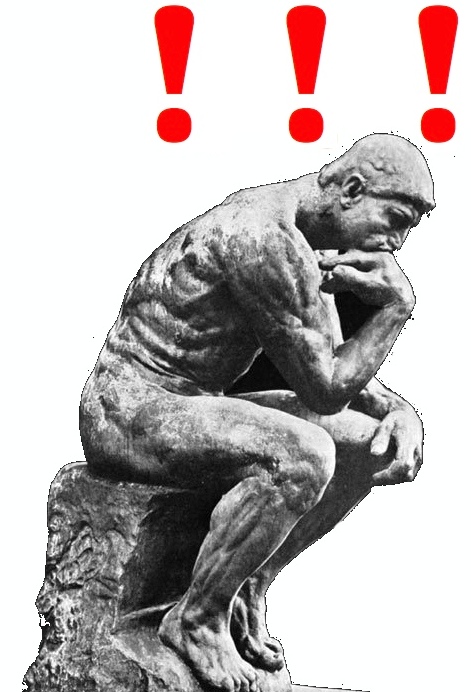 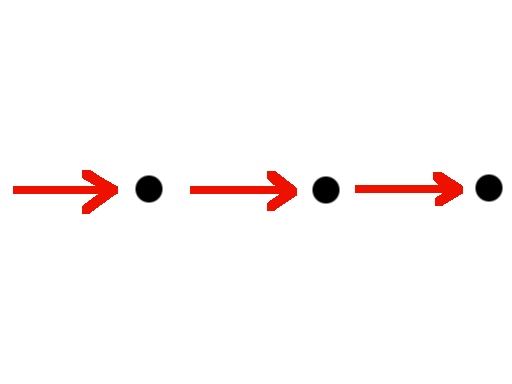 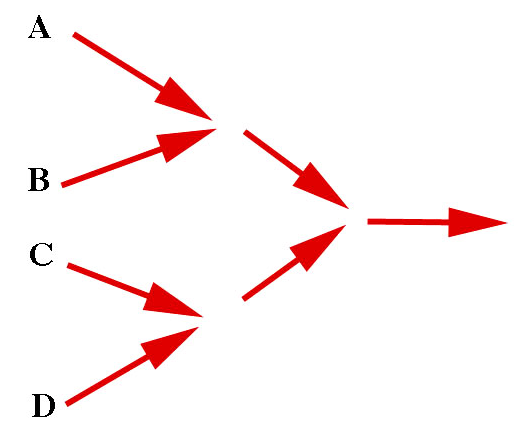  What we do not know how to think--1, 3, 5, . . .
The disproportional, unpredictably deterministic. interdependent ordering of complexity: 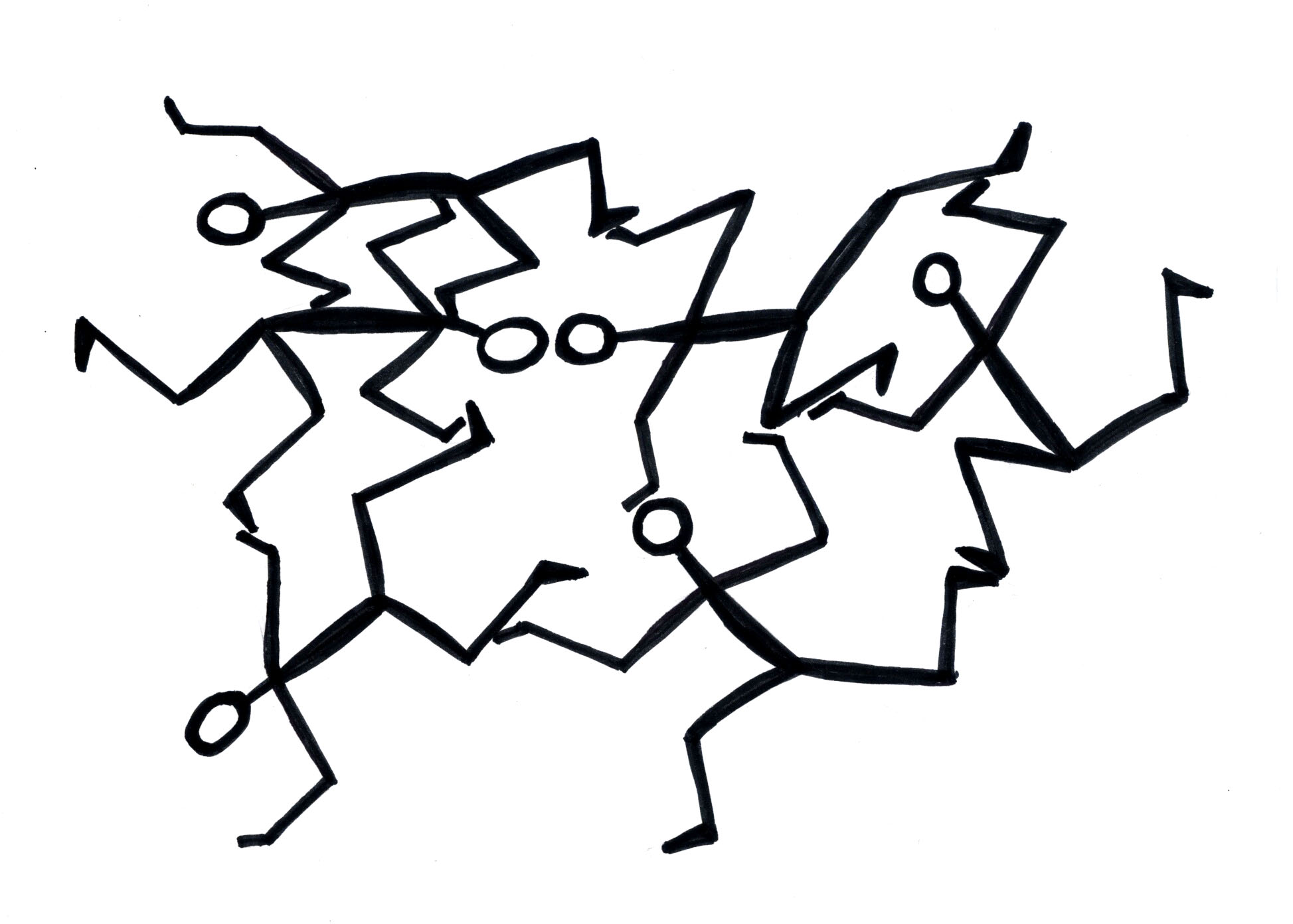 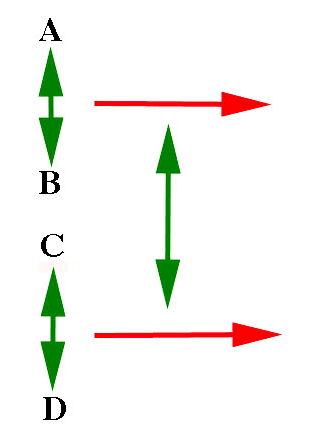 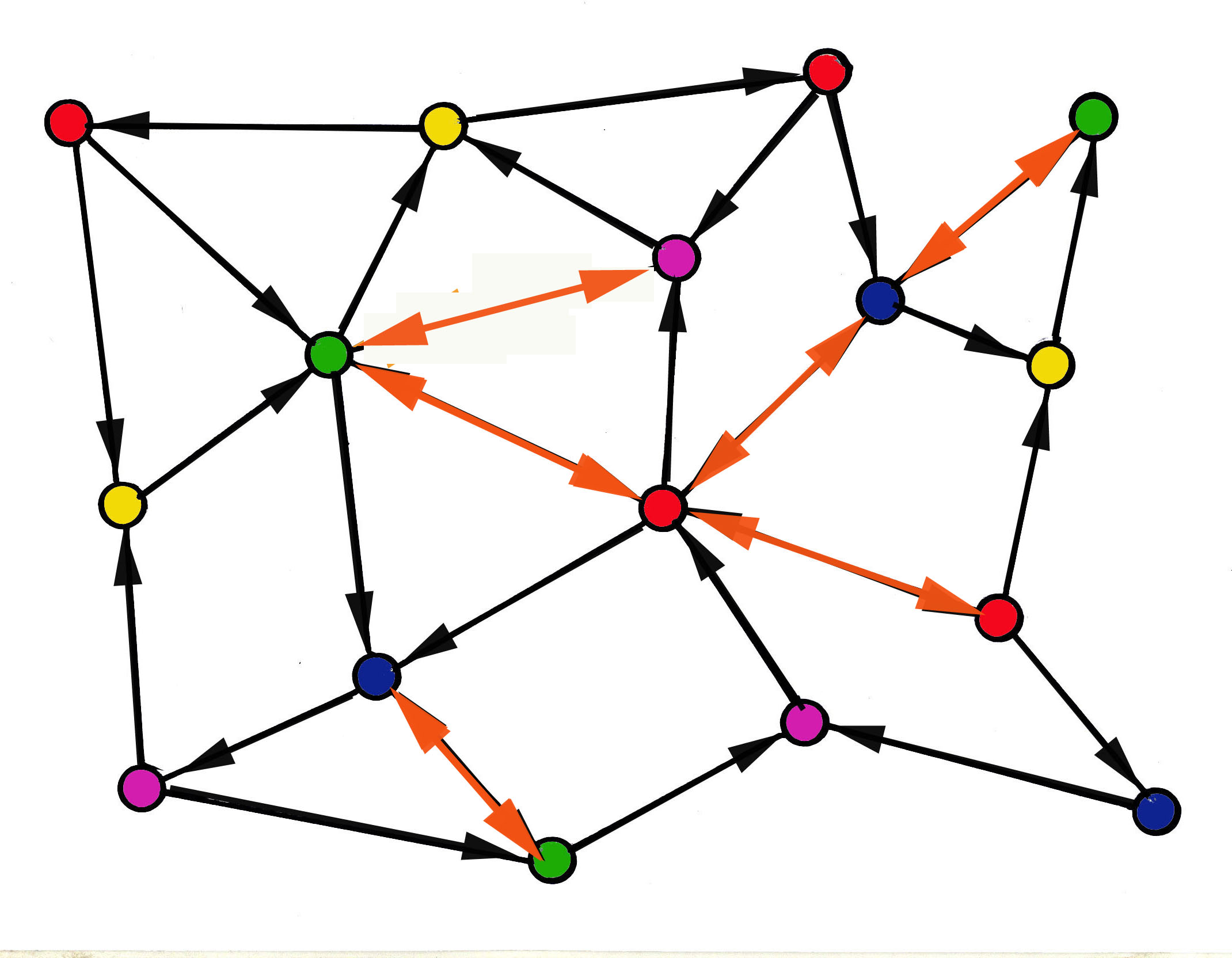 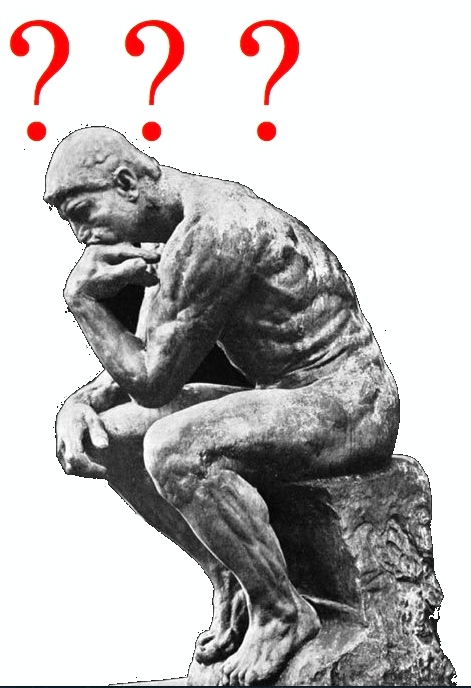 Thus, we must learn to do this--
Think in two different ways at once -- bi-dynamically:
Linear Mechanism
Nonlinear Emergence
  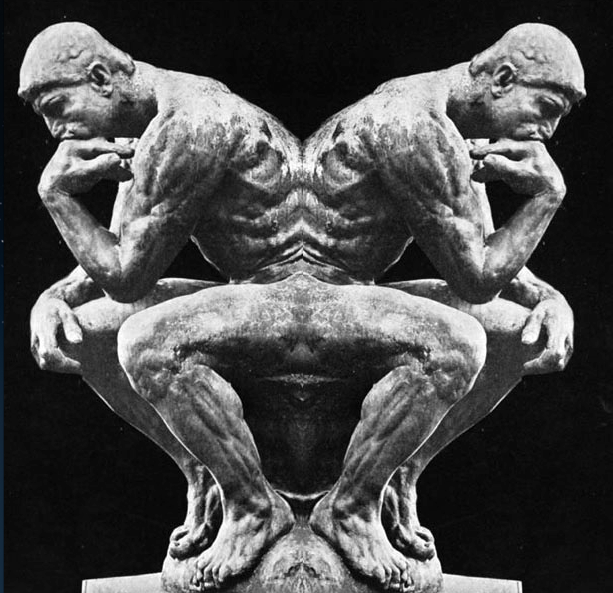   Though this way of thinking about two modes of order creation has a scientific origin, it turns out not to be unique. The mythic imagination has been representing complexity's interdependent dynamics and emergent ordering for thousands of years. Myth is the ancient method of knowing complexity
Symbolizing of the interplay of two modes of order creation:  Bi-dynamical concepts in science provide a factual way of interpreting mythic symbolism as expressing a similar view of reality. Complexity's emergent order creation is mirrored by myth's magical transformations and network autonomy by it spiritually animating agents..
Science
Myth
> Physics:
predictably deterministic
mechanism
> This World: ordinary, pragmatic
events
> Complexity: unpredictably deterministic emergence > The Other World: spiritual animation The Basics of Network Analysis Network Analysis
Identifying system parts then plotting their relationships to reveal interdependencies:  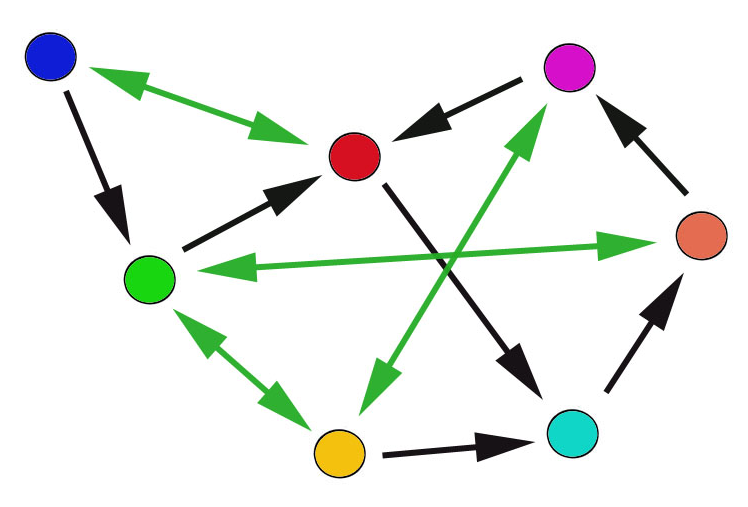 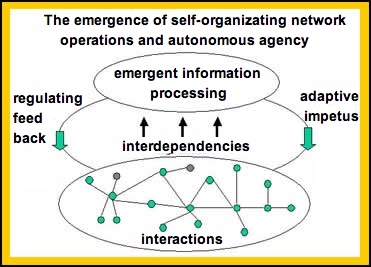 This basic method for investigating network dynamics aids in understanding which parts of a system are influencing other parts in reciprocal ways, showing how flows of feedback between parts can generate the concurrently interdependent dynamics associated with emergent order creation and its network autonomy. In this way we can track how individual trees, and other elements, generate the self-regulating network of a forest ecology. A forest ecology as autonomous network
From the interdependent connectivity of individual trees emerges the meta-system network of a forest:  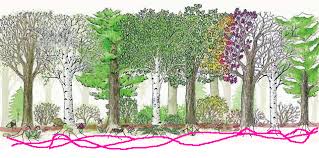  A forest is a complex ecosystem whose dynamical network relationships cannot be represented by a hierarchy. Only a network constellation can provide a sense of how the parts of the system interact interdependently to generate the self-regulating, adaptive autonomy of its operational network. The transformations of network vision:
Such relational plots provide a much more realistic
representation of how things are happening in both human an non-human
complex systems. However, no matter how detailed we try to make an
abstract constellated plot of a particular operational network, it will
never reveal to us all what exactly is happening in its simultaneously
interdependent, continually variable, self-sustaining operations.
Nonetheless, even this network analysis draw fro sscine alone provides
revalations about common subjects and aspects of our ordinary world.
Yet, to fully appreciate these, a metaphoric method of representing
what network
constellations reveal becomes useful.Seeing complex systems as hierarchies versus networks: 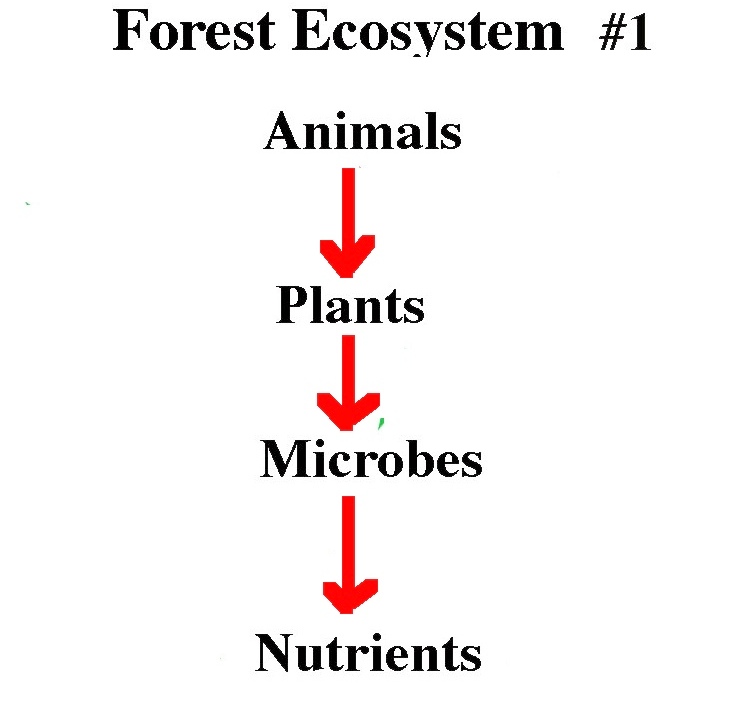 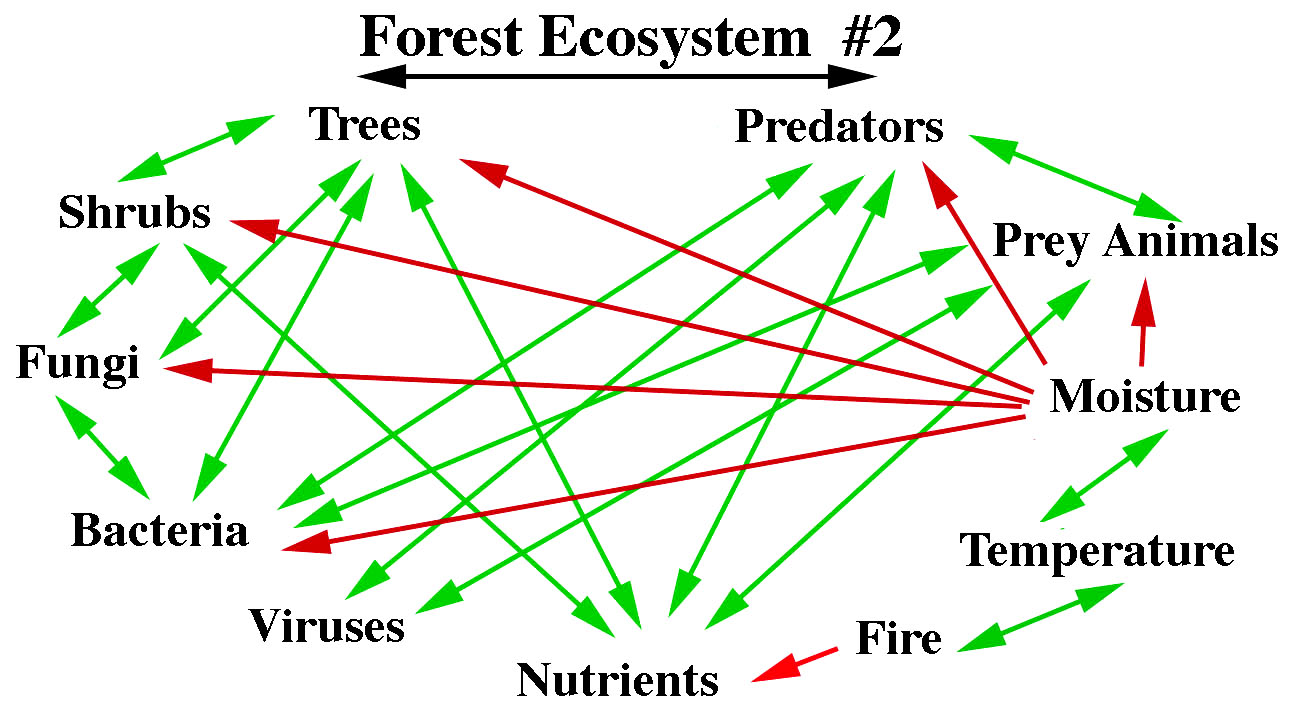
Combining the Science with its Symbolism
Science locates the emergent creativity of complexity's self-organizing criticality in the dynamical turbulence "at the edge of chaos." This condition of disorderly, unpredictably self-organizing activity is the real world domain of myth's metamorphic "other world" of magical transformations, animating spirits, and divine powers. The dynamical science of mythic symbolism
Understanding the disorderly creation of complexity symbolically:   
 Predictable mechanical progression: Interactive interdependency: Emergent self-ordering networks:  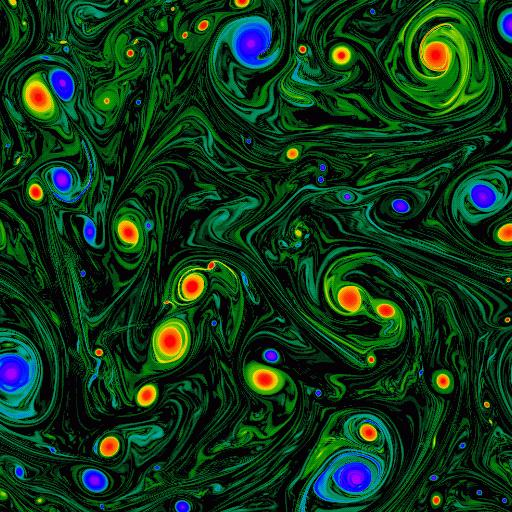 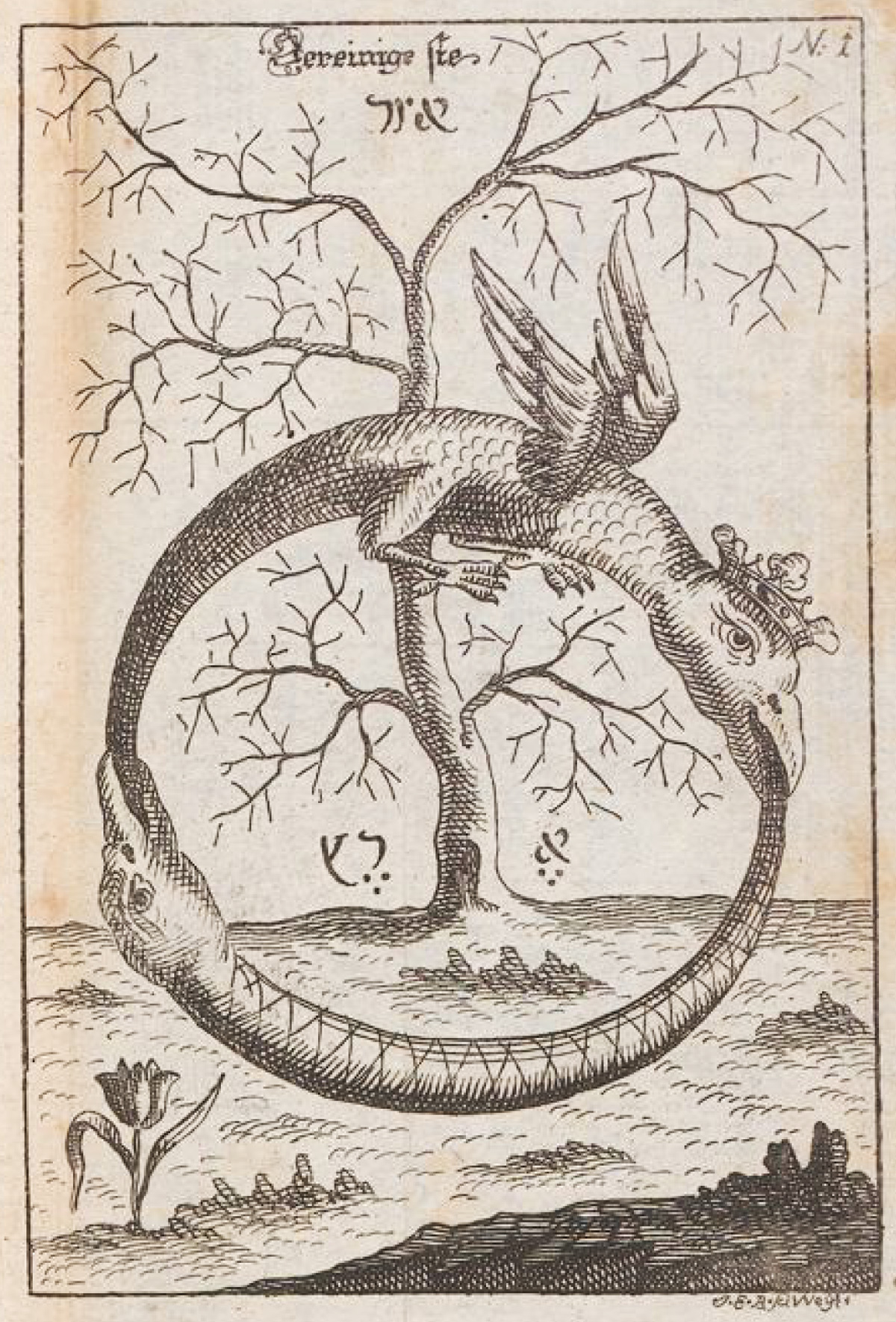 The complex interactions between system parts, like trees and people, create additional autonomous meta-networks than manifest their own character and influence. The characteristics of a forest are different from those of individual trees, as social networks are different from those of the individual people from which the social meta-network emerges. Science provides evidence for these autonomous networks. Mythic imagination gives us vivid, compelling ways of perceiving them that science cannot provide. The complexity of a simple two-person relationship generates an emergent network that has impulses different from the two individuals. Myth makes these ethereal networks "visible" as the extra-ordinary representations of its magical events and personified spirits. Science reveals the emergent networks that myth symbolizes
Science and myth now have common
ground--as ways to model emergent order creation. Used together, they provide a vision of the hidden ways that
things actually happen.The metamorphic mathematics of complexity and its visualization: " 1 + 1 = 3 = 1 " 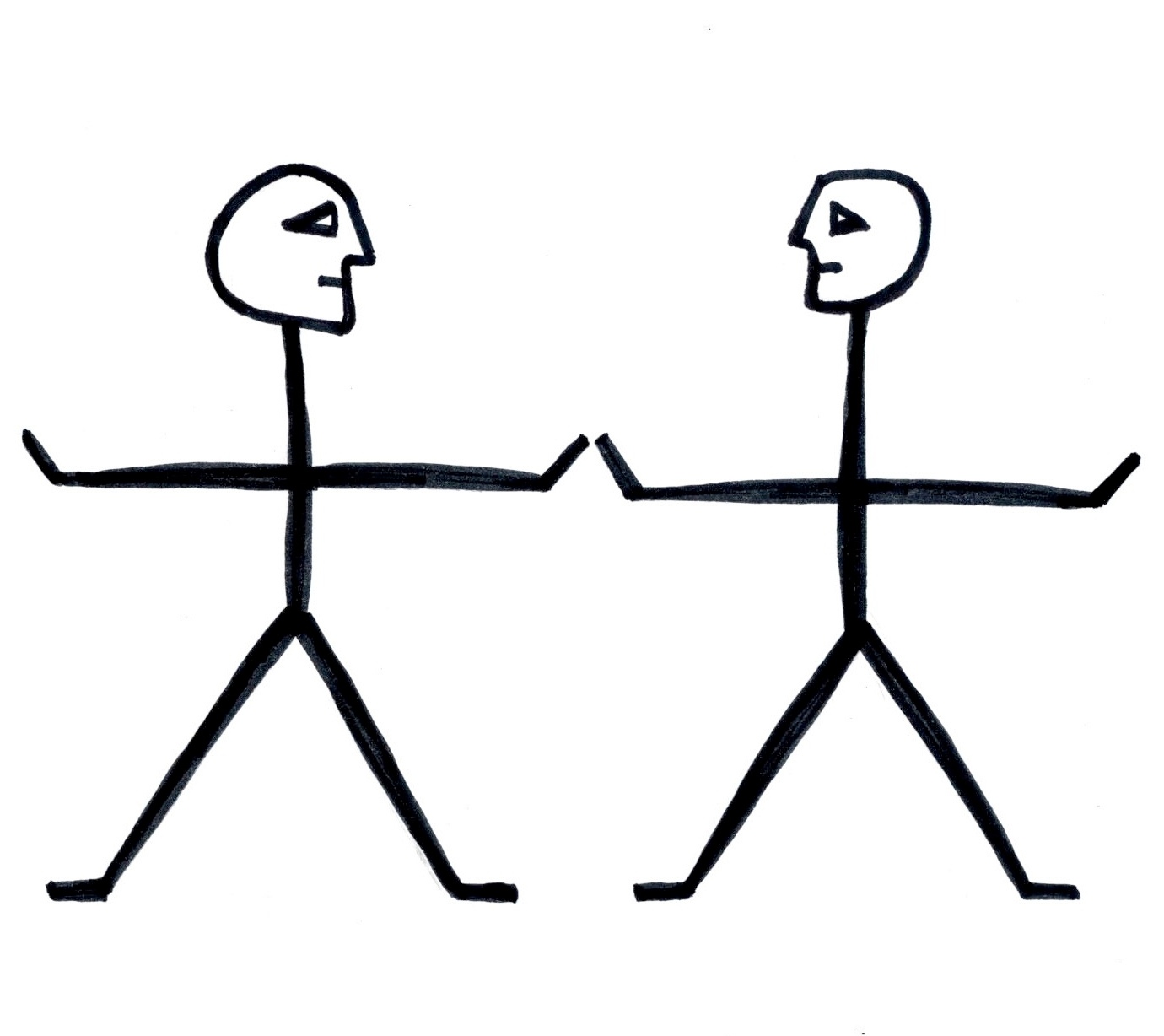  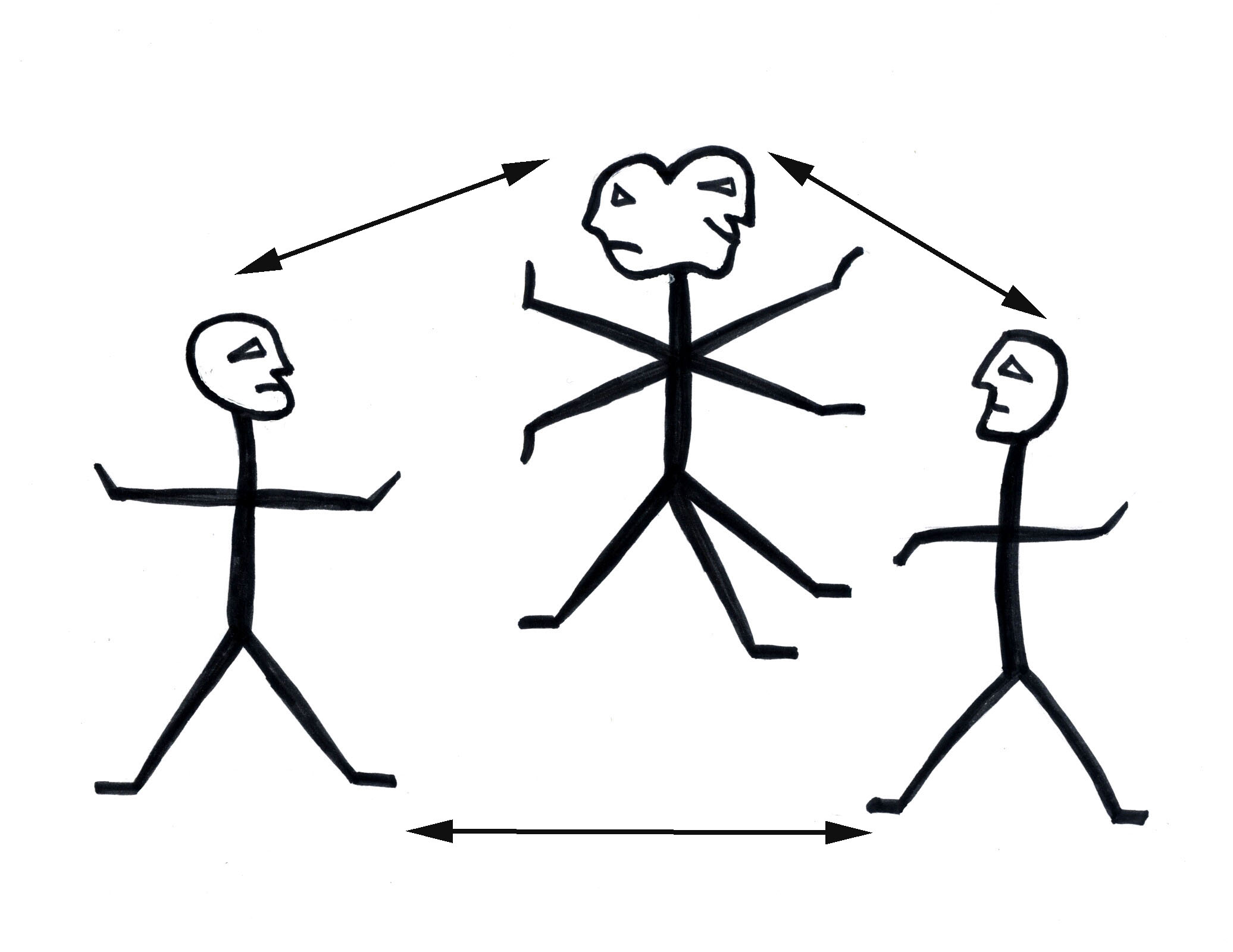   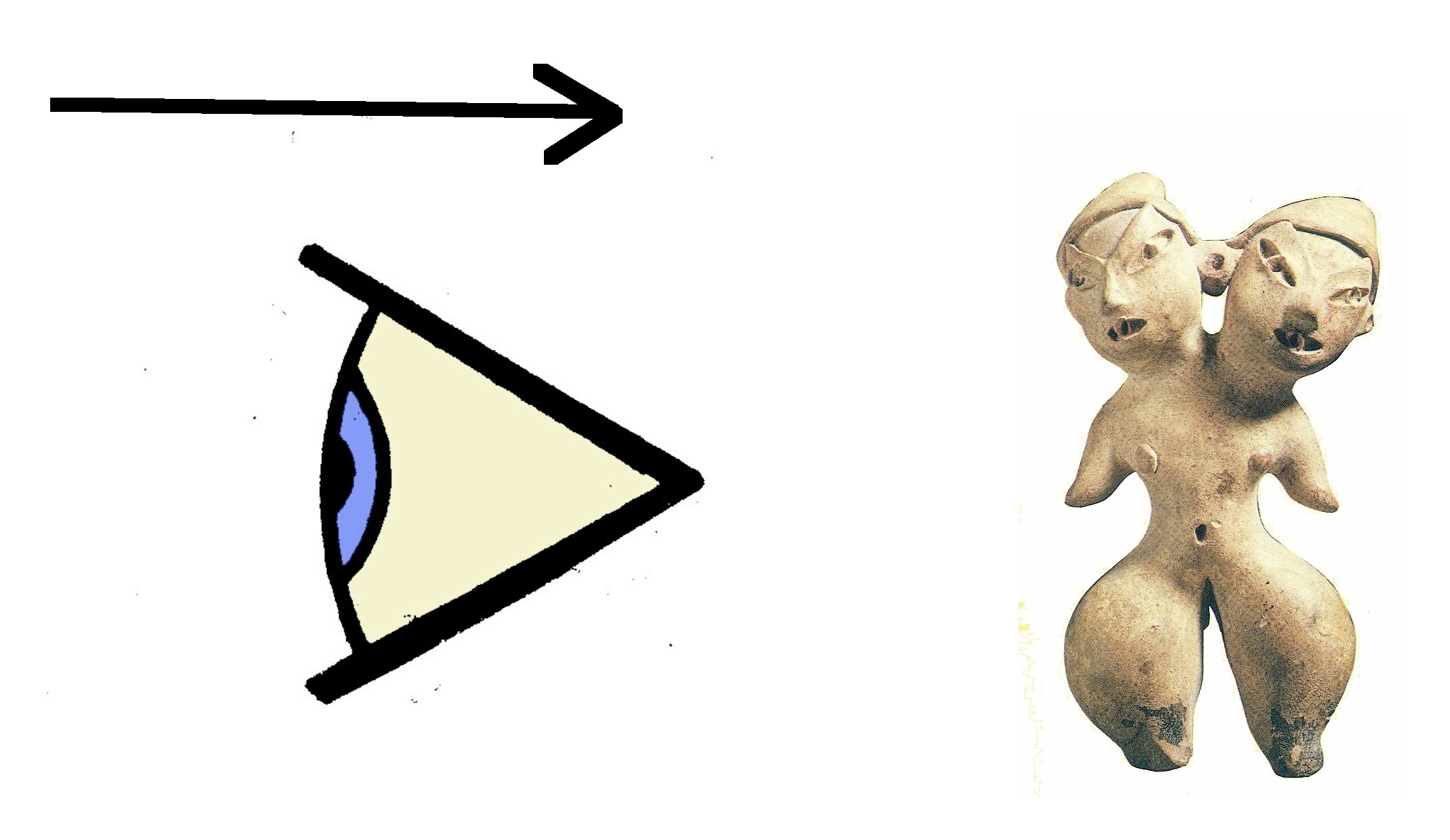 The doubled vision of science and symbolism
Seeing complexity as both scientific and mythical models of dynamical relationships: 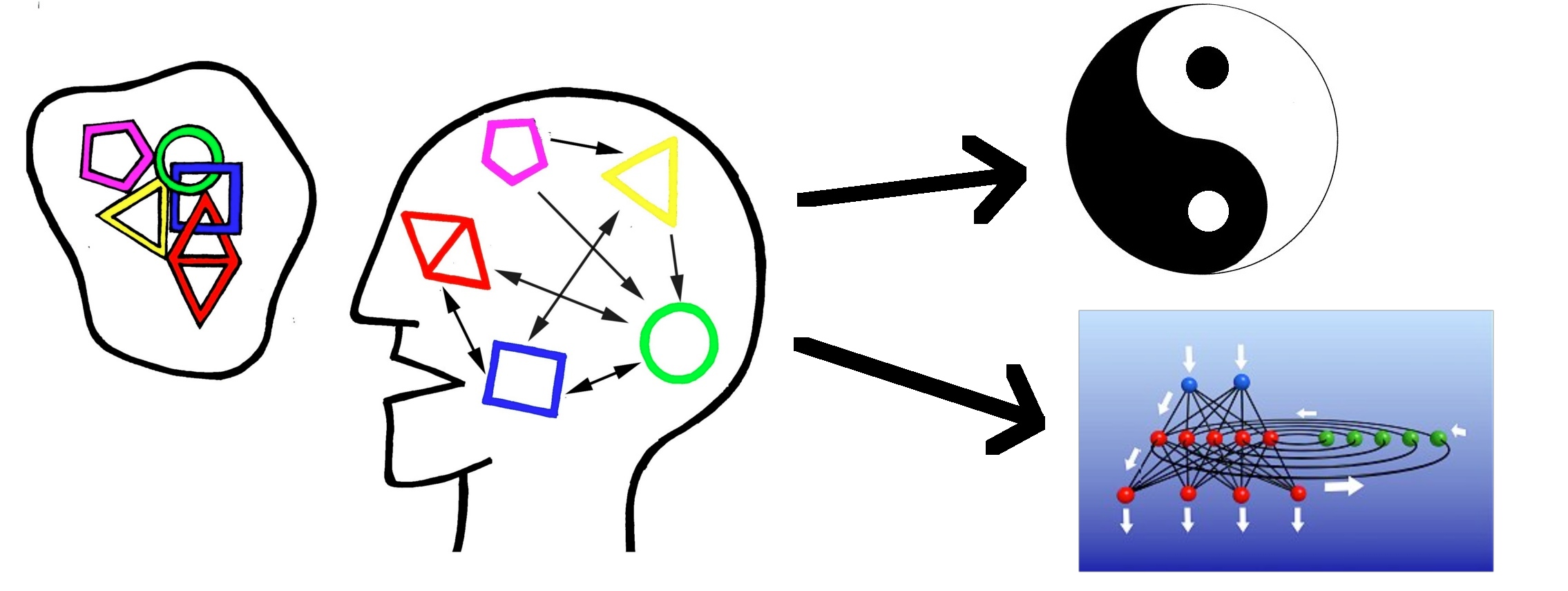 Myth Imagines the Archeytpal Animation of Network Soul
Through careful observation of the order and behavior complex systems manifest, mythic imagination generates symbolic images and stories that characterize the archetypal traits of particular systems. These give us a sense of how they are and behave that science can not provide--due to the ultimately undefinable aspects of complexity. In this way, mythic metaphors reveal the archetypal character or soul of networks. They constitute the archetypal psychology of how network autonomy animates the world, of the ways it becomes the "minding of matter"--in human and non-human systems. The archetypalizing imagination of network soul
Using mythic imagination to comprehend complexity's disorderly ordering: 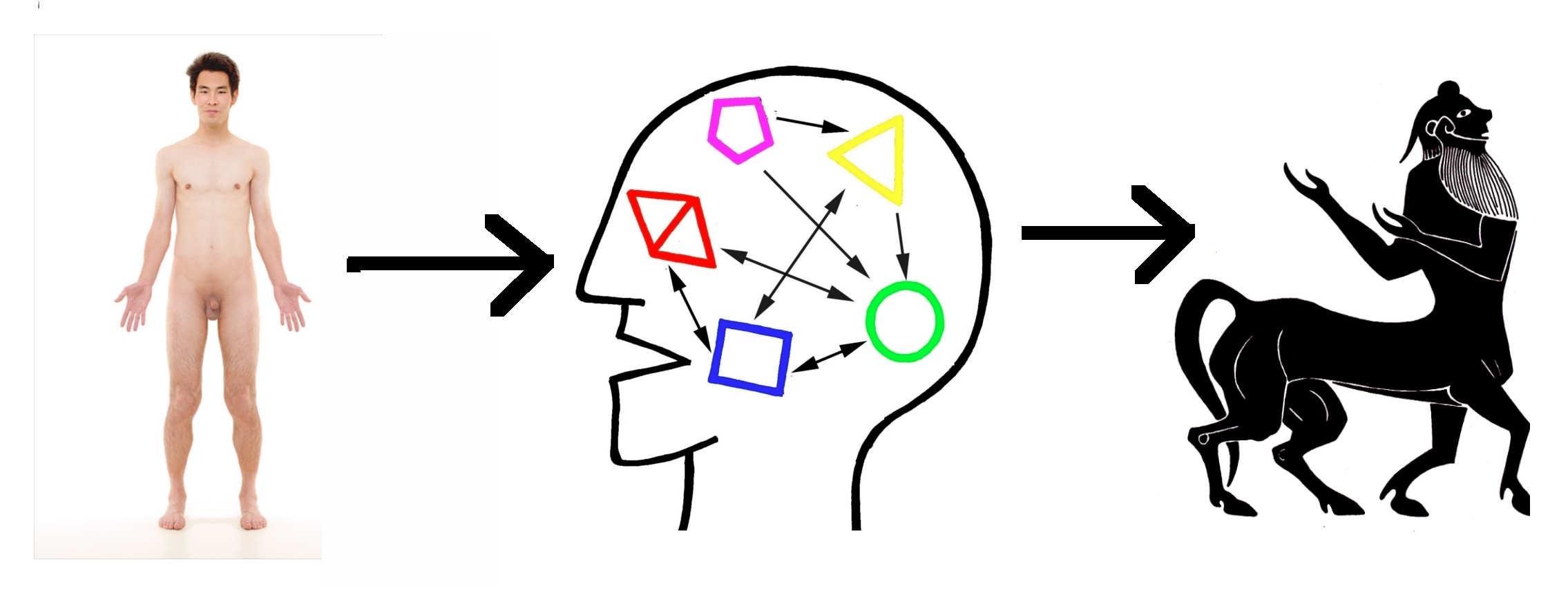 The Mythic Imagination "sees" Autonomous Networks as Animating Spirits
What complex systems science reveals as self-organizing, willfully adaptive network behavior the symbolism of mythic imagination represents as spiritual agents that animate the physical world. These can be regarded as the spirit or soul of a single tree, its entire species, or as the more abstract "spiritual animators" of gods and goddesses. Mythic traditions provide diverse casts or pantheons of these archetypal personifications of the ways networks operate and act emergently to create forms and functions. Nature's biospheric network is "seen" through the personification of the goat-footed god Pan:  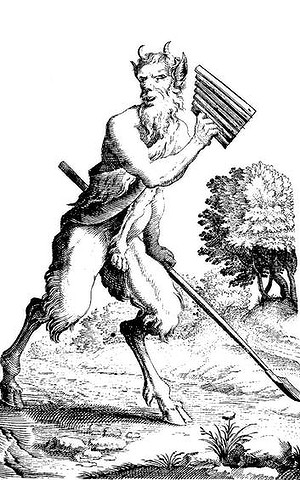 Making a practice of Scientific Mythology as "Network Vision" These correlations are the basis for a practice of scientific mythology, in which the evidence from complexity and network science are amplified by the archetypal symbolism of mythic metaphor. Scientific method takes us to the point of understanding the limits of its ability to fully describe and explain complexity, emergence, and network autonomy. Myth gives us the capacity to represent what science cannot--how the variable archetypal character of network autonomy gets expressed in specific complex systems as an animating force, and how these dynamical animators influence our actual lives. The science and myth combined bring the hidden reality of complex dynamics and their willful networks "into view" by visualizing these as interdependent constellations of relationships that can be explored through archetypal qualification and symbolization. Six Stages of Network Analysis and Engagement through Scientific Mythology Perceiving and interacting with the world-animating forces of emergent order creation and willful network autonomy The actual practice of scientific mythology involves an initial analysis of a the system/network of a given context, subject, or event, guided by network science. This analysis can be done in a general or more technical manner. The main purpose is to orient one's awareness to the actual complex dynamics of the subject, making us aware of both the mechanistic and emergent aspects of its bi-dynamical ordering. That provides a factual basis to investigate its emergent properties of order creation and network autonomy through an archetypal exploration of its dynamical qualities. This effort generates a basis for interpreting its behaviors psychologically--in terms of personality and psychic character. Using these profiles, the subject can be explored through both the available symbolism of traditional mythologies and an improvised exercise of mythic imagination in the present moment. This symbolization makes emergent aspects of a network more tangible in terms of myth's disproportional metamorphic transformations and helps "tell a story" of its network operations as spiritual animators. This mytho-logical interpretation provides a basis for generating a ritualized process of embodied symbolic engagement with the topic as a subjectively animating network. With all these in mind, it becomes more feasible to consider how to act with the revealed traits of its bi-dynamical aspects in the ordinary, pragmatic realm of life. Six stages in three phases:
Network Analysis: 1, Constellating network structure and relationships as dynamical attractor landscapes (how configured & operate?) 2. Archetypalizing bi-dynamical traits of network structure and interactivity (what qualities?) 3. Psychologizing the character of network behaviors and dynamical attractors influencing them (what motives?) Network Symbolizaiton: 4. Mythologizing the archetypal traits of network structure, psychology, and behaviors (what themes & story?) 5. Ritualizing engagement with network autonomy through symbolic gesture (how to experience it?) Strategic Reorientation: 6. Incorporation of insights and experiences from above stages into practical actions (how to get real about it?) This sequence extends the "there and back again" quality of mythical narratives and ritual practices by adding the overtly scientific starting point and pragmatic re-orienting conclusion. A science-derived analysis initiates and concludes the mytho-logical elaboration, with its venture into the liminal experience of the subject as psycho-spiritual phenomena. It is in this way that mytholgoizing becomes more scientifically oriented, generating the doubled vision of scientifically mythological elaboration of bi-dynamical order creation.  Though this cannot be a scientific method of exact definition and predictions, it does develop our intuitive capacity to perceive and anticipate the roles of emergent ordering and autonomous network agency at work in our selves and a world of bi-dynamical order creation. This process promotes the doubled vision essential to appreciating the bi-dynamical aspects of order creation involved in how Nature acts, so that we can think, and act ourselves, more realistically. Perceiving Bi-Dynamically through Symbolism and Science
This
correspondence between recent science and ancient imagination shows
that pre-modern people had a way of perceiving and appreciating the
self-animating agency of complex adaptive systems. Just as the science
now shows we are woefully ignorant of how the world really works, so
does mythic imagination. The scientific logic of networks can now be
made more tangible by uniting these seemingly opposed human ways of
knowing. Together they show that myth is not concerned with literal
belief in "the gods" but with awakening human awareness to the hidden
operations of autonomous networks throughout Nature.Bringing the ancient wisdom of doubled vision up to date:    Scientific Mythology
The mytho-logical perception of the old gods--in new dynamical terms: 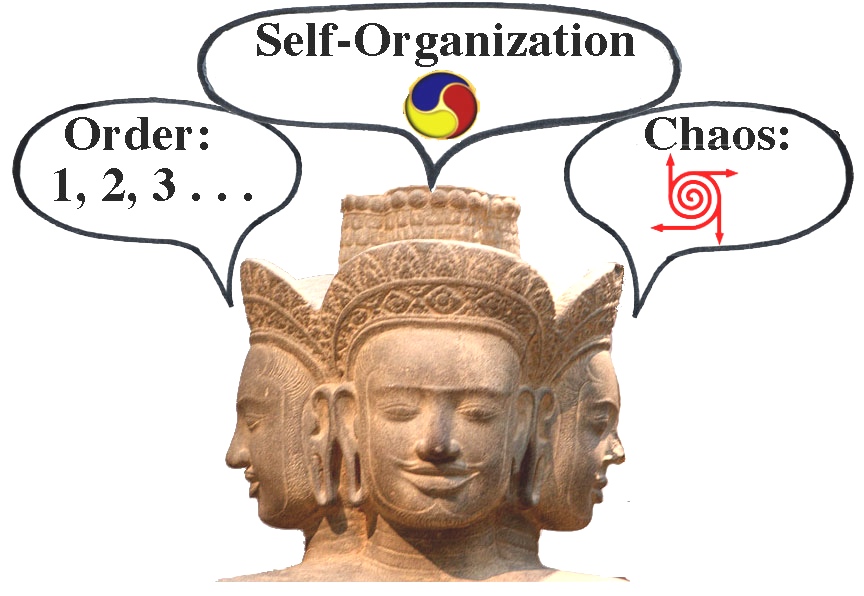 
Contents Below with Links: > Correlating Complexity and Network Science with the Dynamical Modeling of Myth > Emergent Network Agency Envisioned as the Archetypal Animators of Spirits and Deities > Dynamical Attractors in Science and Myth > Identifying the Scientific Dynamics of Emergence as Mythical Metamorphosis > Recognizing Network Order Creation through Myth's Spiritually Animated Matter > The Mythical Psychology of Network Dynamics > Six Stages of Network Analysis and Engagement through Scientific Mythology > Practicing Scientific Mythology as Metamorphic Epistemology  Understanding the methodology of scientific mythology as factual symbolism requires an exploration of the correlations between the two areas of knowledge. It is important to remember that the basics of the science are used here to re-incorporate the wisdom of mythic symbolism into our modern secular worldview. What you find below is not a thorough technical explanation of therelative science. Why Combine Science and Myth? The Archetypal Constellation of Networks Prior to the more recent research into complex dynamics over the last 50 years or so, there was no factual basis to connect scientific knowledge with the metaphoric symbolism of the mythic imagination. But the discovery of emergent order creation and its autonomously self-organizing network operations in complex systems now facilitates their association. A profoundly important relationship between these seemingly incommensurable modes of understanding is now possible. By combining these different methods of representing complexity and its emergent properties, the technically analytical aspects of our mental networks become connected to our intuitive ones--our imagination can serve our logic in ways that make the invisible realm of emergent order creation more tangible and comprehensible. The purpose then is to develop a factual imagination of our existence in and as the interplay of a bi-dynamical reality composed of predictable and unpredictable but intentional order creation. Science remains science, and myth myth, but the two at last have a logical basis for teaching us about reality through factual symbolism. The factual evidence of science serves to guide or imagination of what those facts indicated but which scientific method cannot fully describe and explain. In this manner, mythic imagination extends our insight into aspect of reality science finds inaccessible. The Related Histories of Science and Mythic Imagination as Dynamical Modeling Scientific method has a long history. It is in some degree an inherent human approach to understanding. The pragmatic aspect of human intelligence observes, forms hypotheses about how things take shape, and tests these thoughts to see if a person can improve upon his or her capacity to manipulate or control aspects of the environment. The development of a basic technology of tools among early humans is an example. The more formalized rules for doing scientific analysis are often seen as arising among the ancient Greeks, particularly with the thought of Aristotle. From that time on in Western Civilization, such efforts were known as natural philosophy. But natural philosophers continued to attempt to understand Nature in a metaphysical manner up to the modern era of Galileo Galilei, Issac Newton, Rene' Descartes, and others. Newton himself worked in the mode of Alchemy, seeking a spiritual aspect in the transformations of physical matter. Alchemy constituted a practice that advanced the science of chemistry while also involving a mythical imagination about spiritual forces at work in natural phenomena. So it can be said that science was not always considered antithetical to myth, as it became in the 19th Century, when the idea that all of Nature was composed and governed by the deterministic but unintentional Laws of Physics. Consequently it became a matter of cultural belief that all natural phenomena could be reduced to the properties of atoms and molecules, resulting in an assumption that all causation, all order creation, occurs "from the bottom up," as a result of the quantifiable properties of matter and energy. Thus it seemed quite obvious that the spiritual forces of the mythical imagination could have no role in Nature. This trajectory in how scientific method has been used to define reality actually has a corrolary in the history of myth. With the advent of complexity science it became possible to analyze the expressions of the mythical imagination as metaphoric modeling of complex dynamics. From that perspective, one can discern that there is also an historical trajectory of change in how myth was used to model complex dynamics. The earliest known cultural expressions of mythic symbolism are associated with the concept of animism. In that worldview, most things and events are influenced by ethereal spiritual forces that act intentionally, with particularized character, to influence the physical world. This intuition of the role of network autonomy in Nature posits no inherent hierarchy to the interacting spirits that collectively influence order creation by animating the world in diverse and conflicted ways. Thus it appears to reflect the insights of complexity science about the role of network autonomy expressed in the quantitative terms of scientific logic. However, with the emergence of agriculture and hierarchically structured, urbanized mass societies, such as in the Middle East some five thousand or so years ago, the ways mythic imagination represented network autonomy began to change. People still perceived Nature to be imbued with spiritual order creation, but a realm of "higher" gods and goddesses appeared. That gave the imagination of spiritual animation a hierarchical aspect in which a few divinities held dominion over all. This mythological worldview is identified as polytheism, in which multiple gods and goddesses interact variably to influence order creation in the world. In effect, the powers of spiritual animation were being concentrated into fewer, more powerful figures. In some cultures, these higher divinities began to be portrayed as divided into two categories. One was credited with acting on the side of civilization's orderly structure and the other on the side of a wild, chaotic Nature. An early example is the conflict described between in Babylonian culture between Tiamat, the chaotic feminine spiritual force of the sea, and Marduk, a more human-like god who kills Tiamt and cuts her into pieces to form the world order in which civilization can flourish. Tiamat and Marduk
Eventually, a further reduction on mythic representation of network
autonomy emerged in which there was but but one high god, who was
personified as masculine. This mythic worldview is referred to as
monotheism. Thus the overall influence of emergent network autonomy
came to be represented as singular, male, and almost, if not entirely,
omnipotent--that is, deliberately in control of every aspect of Nature.
Yet even in these mythologies, there is typically an additional, though
inferior spiritual force that acts to subvert the orderly influence of
the high god. This appears most overtly iirst in the Zoroastrain
tradition, as a contest between Ahura Masda and Ahriman. Further, the
contest between them becomes a titanic struggle which will end with the
end of the world. Monotheism and a similar conflict then appeared in
Jewish, Christian, and Muslim religious thought. Here the struggle
between spiritual forces identified with socially ethical order verses
unethical or corrupt social disorder is that between "God and the Devil."
In this mythic imagination, religious thought became more binary,
dividing the spiritual realm into good and evil, and imposing dogmatic
standards for belief and human behavior. The spiritual animation of Nature's chaotic self-creation and that of civilization's hierarchical control: 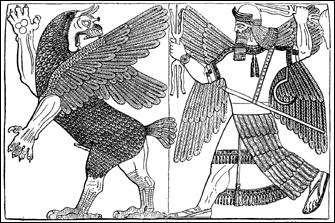 However,
the polytheist worldview tended to represent the overall ordering of
creation as an interdependent interplay of the more orderly divinities
and the more disorderly ones. There are in effect two sides to the
realm of spiritual animation, but both are needed to generate the
cosmos. The interdependency of order and disorder in creation The Hindu vision of the more orderly gods and goddesses cooperating with the disorderly demons to churn a sea from which all of creation emerges: 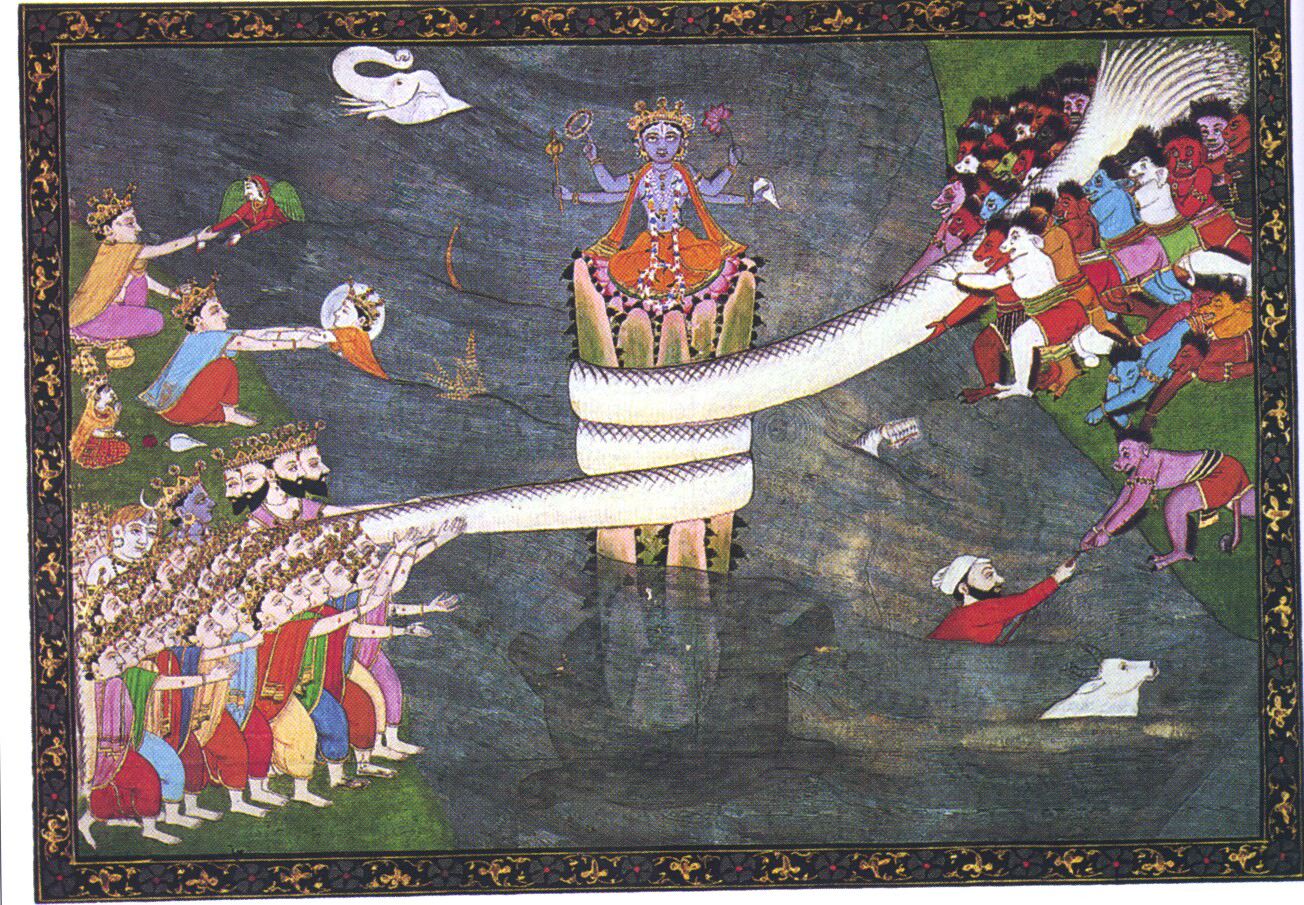 In these changes we can see further reductions and simplifications of how the mythic imagination represents network autonomy as spiritual animation in Nature. There has been a trajectory from generalized animism to a vertically arrayed "chain of being," with one, true god above all, who has an inferior adversary in the disruptive, disorderly agency of the devil. This is the era when the historical trajectories of myth and science become related. Natural philosophers among the ancient Greeks are regarded as the first thinkers, at least in Western civilization, to begin the scientific method of seeking understanding of Nature without reference to the spiritual influence of gods and goddesses. That is the secular basis of science as a methodology and knowledge base. Nonetheless, most natural philsophers after the Greeks had a metaphysical perspective, meaning they still thought there were forces of ordering that were in addition to merely physical ones. Indeed, many Muslim and Christian thinkers contributed profoundly to the emergence of scientific thought. But with the elaboration of methods for applying the secular scientific method, such as advanced mathematics, knowledge of chemistry, and Newton's physics, the descriptive and explanatory power of physical science began gain more cultural credulity than that of the mythical imagination. The latter became trapped in religious literalism and an assertion of absolute truth in the West, causing it to be regarded as historical fact, rather than a more symbolic means of attaining intuitive knowledge about an ultimately unknowable domain of spiritual animation. Ironically, this cultural absolutist background of religious thinking seems to have influenced the attitudes associated with scientific knowledge. Physical science eventually became entangled in a contest with religion for the claim to be the one and only, absolutely true source of knowledge. Consequently, societies became more secularly scientific and the West's all-powerful god shrank to the conception of a clockmaker-like engine who initiated the world in accordance with the Laws of Physics. Thereafter, it was thought to have continued to exist without the influence of any spiritual animation, meaning there were not more miracles that science could not explain. Thereby, the metaphorical mythical representation of network autonomy, as personified spiritual forces, lost its meaning. This is not to say that religion has dissapeared as a social force. Rather, the point is that religion, through its emphasis upon historical literalism and dogmatic definition of the spiritual realm, no longer generated an effectively mythical imagination of network autonomy at work in Nature. The contemporary cultural conflict between science and religion is, in this view, not about either myth or the potential knowledge to be derived from scientific method. It is more of a struggle between two cultural systems vying to claim the power to define ultimate reality. The behavior of scientists in this conflict betrays their ignorance, or willing avoidance of the implications complexity and network science have regarding the nature of reality. If we engage with the new science in an intellectually honest way, taking into account with the more familiar science of physics, we will be able to bypass this unproductive battle for cultural hegemony. Taking this approach, it becomes evident that the role of mythic imagination, as a method for perceiving the order creation of complexity, did in effect disappear in the modern era. Similarly, we will find that the ways secular society has used science to support its purely mechanistic definition of reality discouraged scientists from the study of complexity in favor of strictly physics-based research. Certainly there is still pervasive resistance to the implications of complexity science. But those researchers who have had the courage to follow the evidence where it leads have accumulated a compelling amount of it. Thus this simplistic summary takes us to the contemporary moment in which physical science claims to be the one and only true source of knowledge, yet on a general cultural level, has dogmatically denied any factual basis for spiritual animation, thus the existence of something like network autonomy. The astonishing event now is that scientific method, which in itself supports no belief about what it can or cannot factually describe, has continued on beyond our cultural belief in the ultimate truth of physics as the sole source of causation and order creation in Nature. We are confronted with scientific evidence for complexity's emergent creativity and network autonomy that defy our supposedly scientific modern worldview. The question now is whether and how the implications of this evidence will be incorporated into a new cultural worldview. Correlating Complexity and Network Science with the Dynamical Modeling of Myth If we are willing to consider that science and the mythological method are not inherently opposed, it becomes evident that mythical symbolism is indeed a way of modeling the existence and operations of network autonomy. It was, once upon a time, and still among some surviving tribal cultures, the corollary of complexity science--a useful method for perceiving the invisible realm of emergence and network autonomy. Both share a similarly logical worldview on order creation as deriving from two modalities: the bi-dynamcal one of physic's predictably deterministic but un-intentional ordering and the unpredictably deterministic, partly intentional ordering of emergence and network autonomy. Thus there is sound scientific reason to re-unite science and the mythic imagination in a sense similar to the pre-modern natural philosophers. Only this time scientific methods of quantification and calculation actually frame a factual basis for imagining what that method cannot fully describe and explain. We can generate the doubled vision of a factual imagination to produce a new, non-religious, post-modern metaphysical philosophy. The characterization of myth thus far might lead one to assume it is only concerned with modling emergence and network autonomy. But just as science now must struggle with evidence of a world made by two modes of order creation, so too mythic symbolism serves to establish understanding of the relationships between the ordinary physical world and the "other world" of magical transformations and spiritually animating forces. One cannot be represented, much less comprehended without the other. Bi-Dynamic archetypal dynamism in science and myth
The corresponding bi-dynamical perspectives on order creation in scientific and mythical terms: Science Myth > Physics:
predictably deterministic
mechanism
> This World: ordinary, pragmatic
events
> Complexity: unpredictably deterministic emergence > The Other World: spiritual animation Networks as Archetypal Dynamics Though science has only recently began to engage the unexpected implications of bi-dynamical order creation, myth is myth because it does so. The difference between science and myth is methodological. Science uses reductive quantification and calculation to analytically differentiate evidence for the two modes of order creation, mythic imagination uses metaphor. The most overt examples of the tension and coexistence of both modes in mythic symbolism are evident in images that suggest the interplay of two or three factors.
Yin-Yang
Triskelions
Cletic Cross
Cadeceus
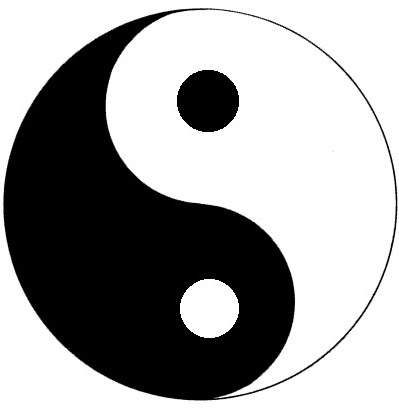 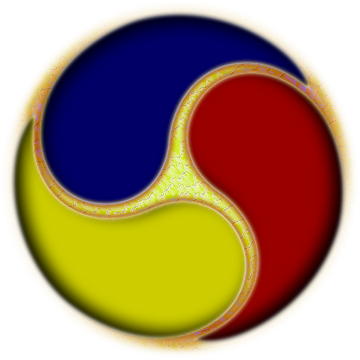  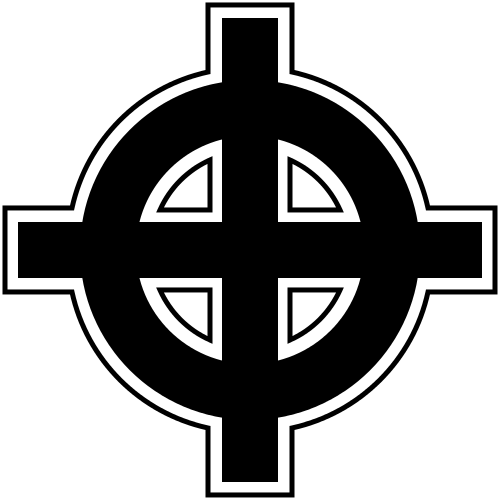 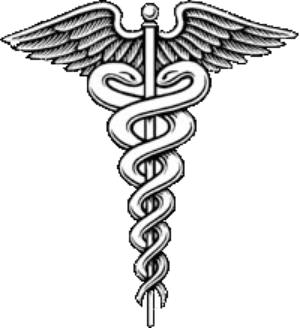 These images function to confound our habitual notions of linear progression in the events of causation and order creation. The Yin-Yang can refer to the interplay of masculine and feminine, but indicates these are not exclusive opposites, as each has a dot of the other inside it. Their interdependency is further indicated by the impression of reciprocally moving into each other, in an endless round. Triskelions suggest that there is always a third aspect to phenomena, rather than being configured by simple oppositions or sequences. Where there are two interacting systems there is a third emerging from their interaction as an additional network. The cadeceus is associated with the Greek god Hermes, who is a messenger between the gods and humans. It is also associated with healing, indicating there is more to this phenomenon than a single domain of physical events. Such images prompt an intuition of complexity, interconnectedness, and interdependency--of a non-hierarchical, simultaneous relationship between multiple factors. We can think of these iconic images as archetypal metaphors of the bi-dynamical character of order creation. They remind us to be alert to the pervasive but invisible role of emergence and network autonomy in ourselves and the world. Myth's cautionary wisdom about reality
Beware!--the bi-dynamical symbolism of mythic metaphor:  The the basis for a Scientific Mythology
Correlations of bi-dyamical order creation in complexity science and myth: Science Myth
Emergent Network Agency Envisioned as the Archetypal Animators of Spirits and Deities To bring the science and mythic imagination into correspondence we can condsnse the associations between self-organizing complex networks and myth's spiritual animators shown above in the abbreviations shown below. The conceptual trajectory from science to spirit:
Emergent Self-Organization >>> Autonomous Network Behavior 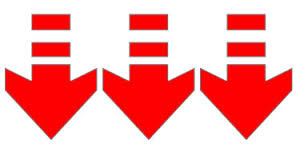 Network Autonomy >>> Archeytpal Spiritual Animation  Archeytpal Spiritual Animators >>> Specific Spirits, Gods, Goddesses Similarly,
the basic graphics used to diagram the emergence of complex adaptive
behavior from self-organizing relationships between system parts can be
used to represent the emergence of spiritual animators. The
archetypally differentiated character of network autonomy which mythic
imagination represents as personified spirits, souls, gods, and
goddesses emerges from and then influences the the same interdependent
interactions of system parts and the collective networks of interacting
systems.
Network Autonomy as Archetypal Character
Emergent complex adaptive behavior of science and as archetypal animating character of myth:
As animating networks interact, larger scale tendencies of collectively generated network autonomy emerge that then feed back into the lower levels of interdependency from which these arise. Thus we can think of the collective network character of a specific context or event. Such collectively generated network impetus for how things take shape and happen generates a more abstract archetypal character that helps identify types of network autonomy as personified gods and goddesses. This mythic metaphor represents an ethereal tendency that acts to influence networks "from the outside" as a form-creating force in Nature. The shift from perceiving context specific animating character to the abstract one of generalized deities:
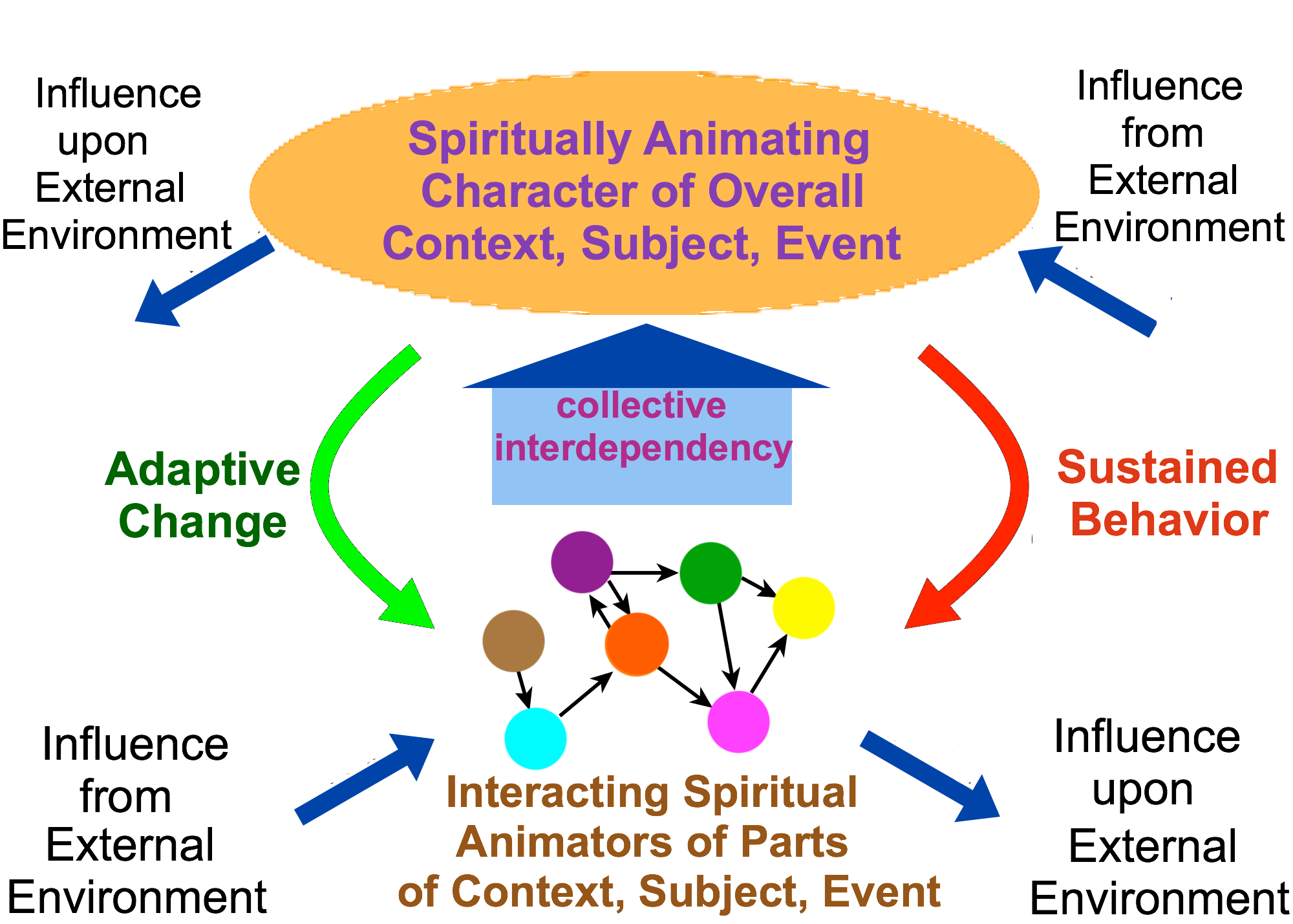 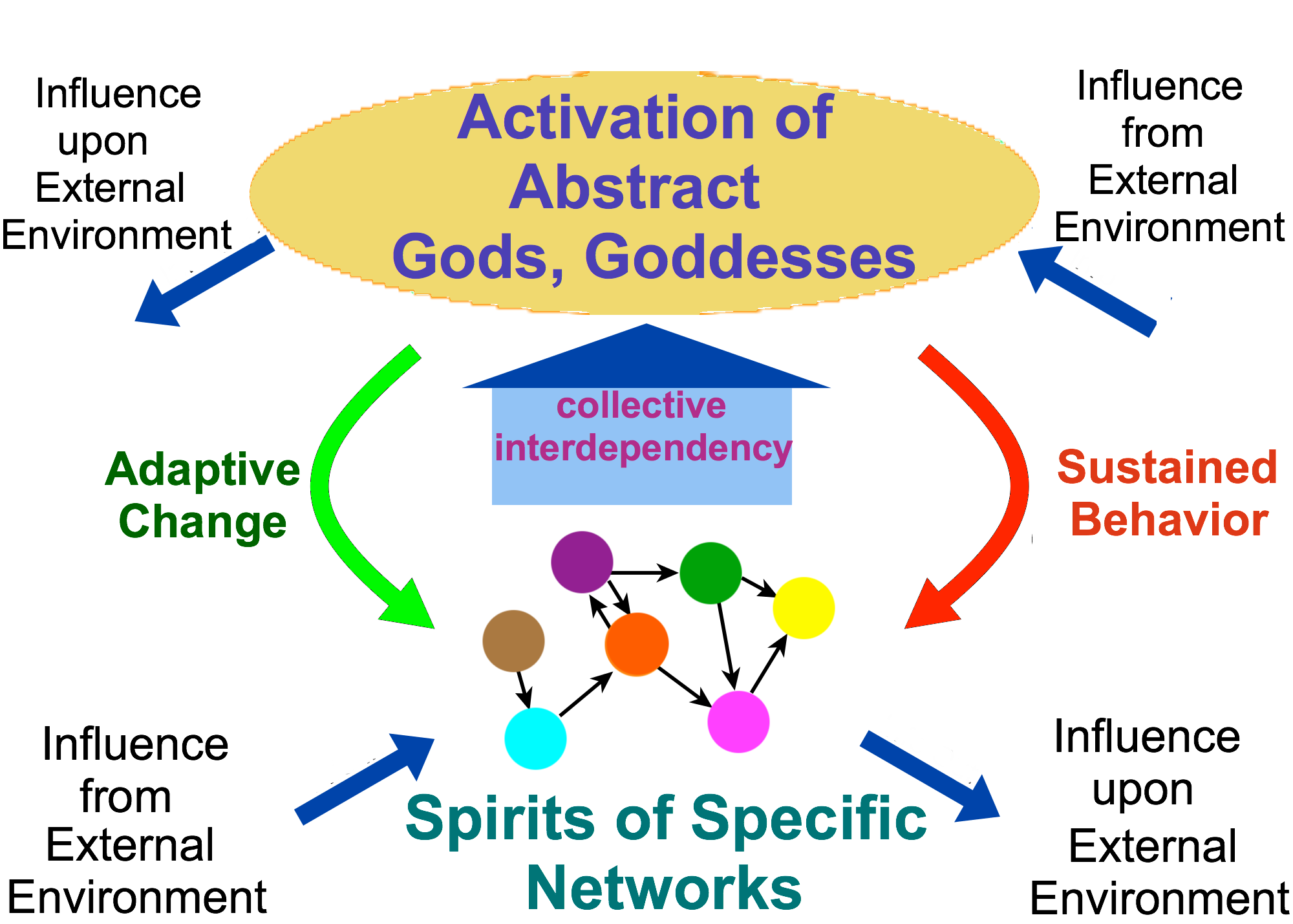 This notion of abstract animators as archetypal forces at work in the world serves to make us more aware of what sort of network psychology is associated with a specific context or area of activity in both human and non-human systems. Traditional mythic cultures often imagine such a god-metaphor for the context of warfare. In our contemporary modern society we could do the same for the realm of technology as a way of perceiving how technological societies are influenced by the network autonomy of what has been termed the "technium." Emergence of Abstract Spiritual Animators from specific contexts:
  Dynamical Attractors in Science and Myth
Another important correlation between complexity science and mythic imagination that creates a basis for a scientific mythology involves the concept of dynamical attractors. Every system operates within and as a variety of dynamical influences that effectively pull and push it toward different forms and behaviors. This notion of an environmental or contextually specific influence on how things take form or happen is termed a dynamical attractor. These are both physical factors and aspects of network autonomy. Attractors are represented in science by abstract graphic illustrations. Those called strange attractors are expressions of complex systems with unpredictably self-organizing network behavior. These abstract models can also be used to represent the influences of myth's animating spirits on the network autonomy of a system such as a person or society. Graphic representations of system behaviors as dynamical attractors
Predictable fixed-point and periodic attractors versus an unpredictable, thus mythical strange attractor: 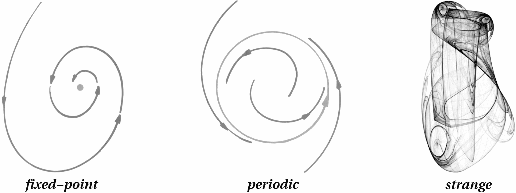 The behavior of the water in a whirlpool creates the physical expression of what is termed an attractor basin. A toilet bowl is a physical expression of such a basin. But, like attractor graphs, basins are technically expressions of the outer boundaries of system behavior, which can be forms created by system behavior itself. Attractor basins as expressions of system behavior
Whirlpool Whirlpool as an abstract dynamical attractor basin:  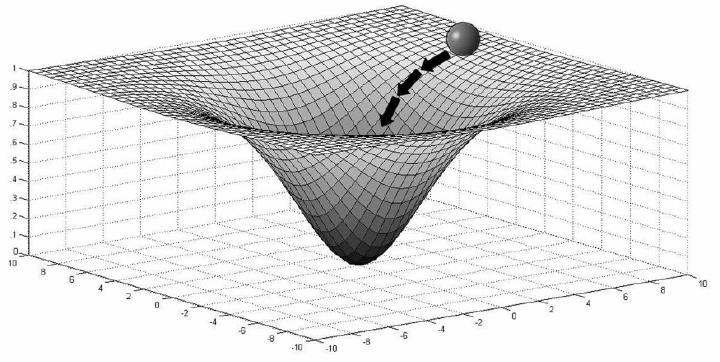 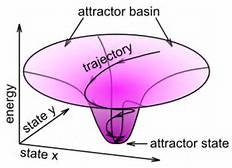 Thus, like myth's spiritual animators, many attractors that science models are not explicitly physical forms or forces. Rather, these are dynamical tendencies with formal effects, which are emergent phenomena arising from interdependencies and the self-organizing influences of network autonomy. Dynamical Landscapes Within and Around Systems The concept of dynamical attractors is expanded into extended sets of attractors, forming what is termed an attractor landscape. These conceptual landscapes are composed of multiple attractor basis. As models of factors influencing a system network from the outside, the represent effects of an environment external that system. In this view, each external attractor can acts to draw in, or repel, the systems that come into range of their influence. A person walking in on busy city streets is traversing such a dynamical landscape. These can be imaged as depressions and elevations that influence the behavior of a system network, such as a pedestrian. But the pedestrian, as a model of an autonomous network traversing a dynamical landscape, illustrates how that networks choices influence which attractor basin it moves toward. Representations of dynamical landscapes as 3-D graphic images: 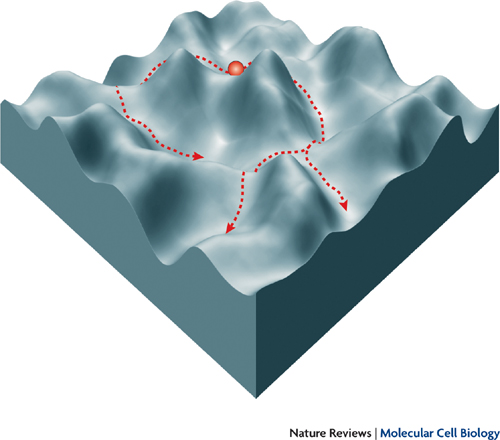 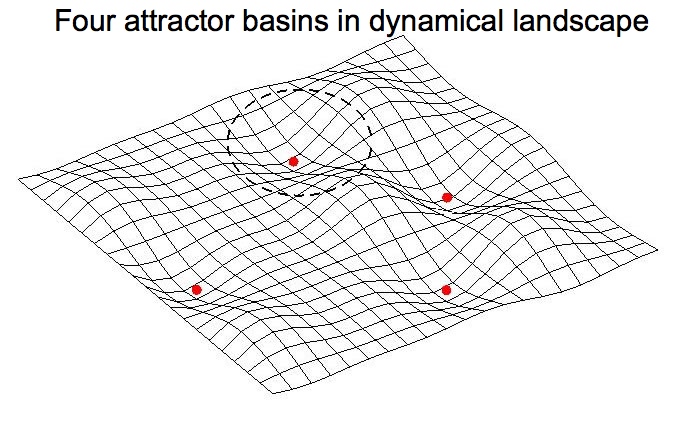 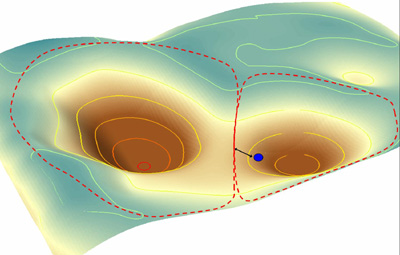 However, attractor landscapes can also model the expression of multiple attractors within a single system, each being an expression of changes in the behavior of its network operations and how these organized or re-organize the system. The attractor landscape concept assists in conceiving how systems change form and behavior by shifting from one attractor expression to another. Like water flowing into a whirlpool, things and systems can be in stable or unstable positions on an attractor landscape. When positioned between attractors, there is influence pushing and pulling on a system, like flowing water in the chaotic turbulence of a river. Various factors are pushing or pulling it toward different attractor expressions, such the formation of a whirl pool, which is a more a stable dynamical formation. Any given system/network can be in a more or less stable position on an attractor landscape. Either external factors or internal network operations can shift a system from one attractor formation to another. 2-dimensional depictions of systems in stable and unstable positions on an attractor landscape:
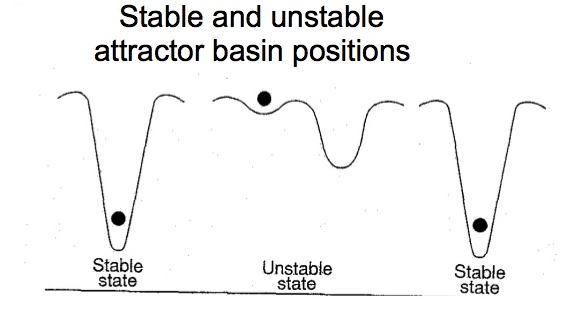 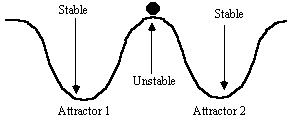 Active complex system networks are not simply moved by a single external force, as water is moved by gravity. The interdependent interactions that generate emergent networks can express multiple attractors within a single system, either simultaneously or sequentially. Most significantly, complex networks can selectively reconfigure therie systems, thus themselves, creating different attractor expressions. These potential network re-self-organizations constitute the potential of an attractor landscape. An example is the disproportionately metamorphic manner in which a stem cell in the body can selectively change its form and functions to a variety of new systems and networks Self-animating transformations of stem cell network as network moving on attractor landscape:
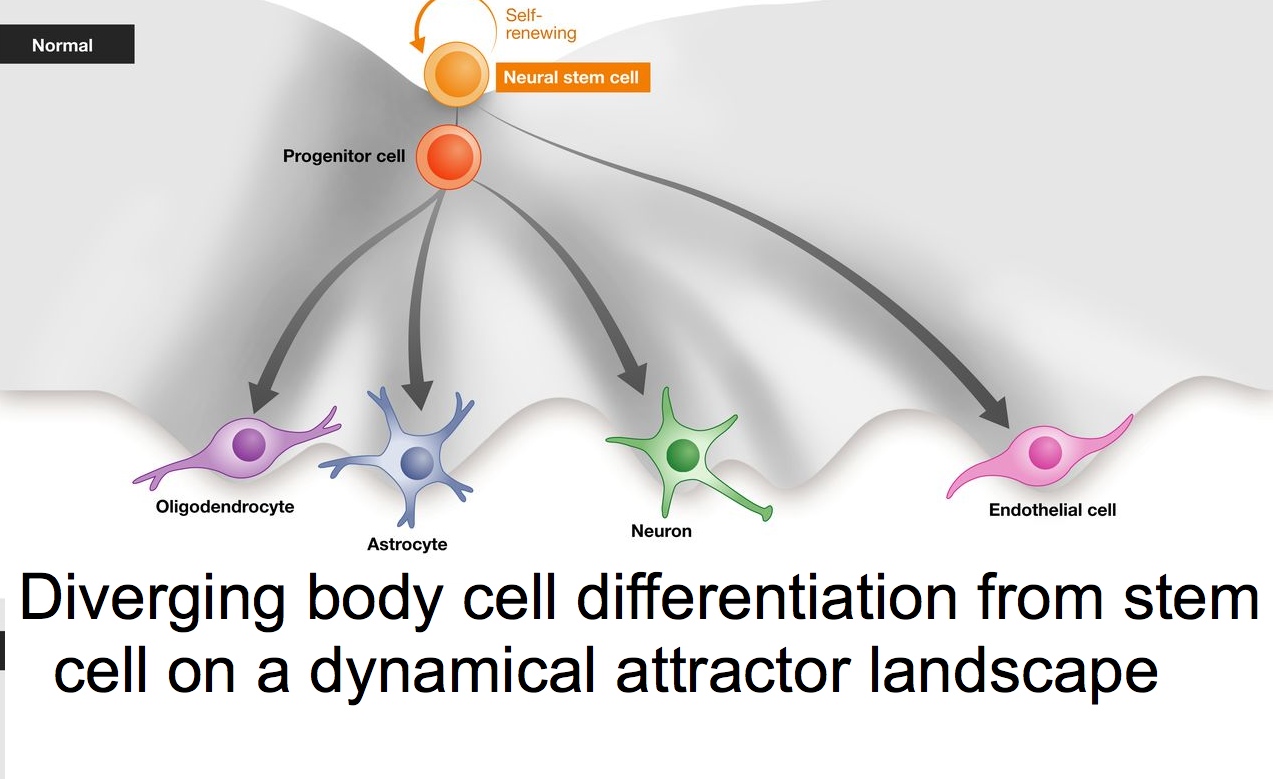 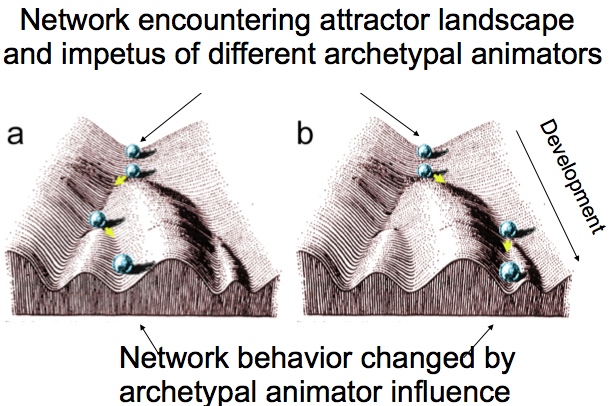 The characteristic expressions of differentiated dynamical attractors, of how network behavior tends to take form in one way relative to others, is represented in mythic terms by the metaphors of personified spirits, souls, gods, or goddesses. In various associations these spiritual animators configure differing dynamical landscapes. The rational Apollo and his half brother the ecstatic Dionysus represent a related pair of personified attractors that create differing influences on networks such as the human mind. Abstract spiritual animator gods as expressions of attractors
Apollo:
Dionysus:
Apollo & Dionysus as attractor landscape: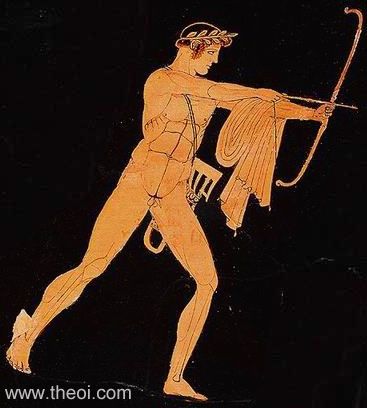 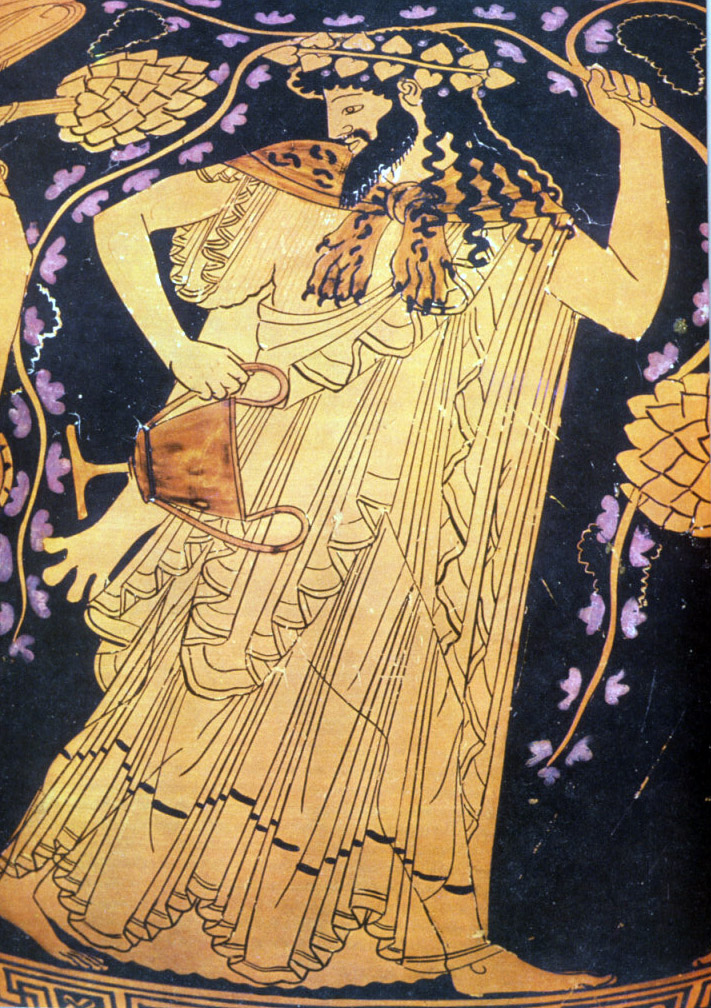 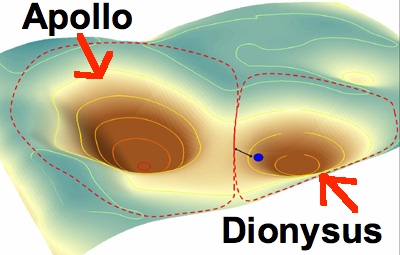 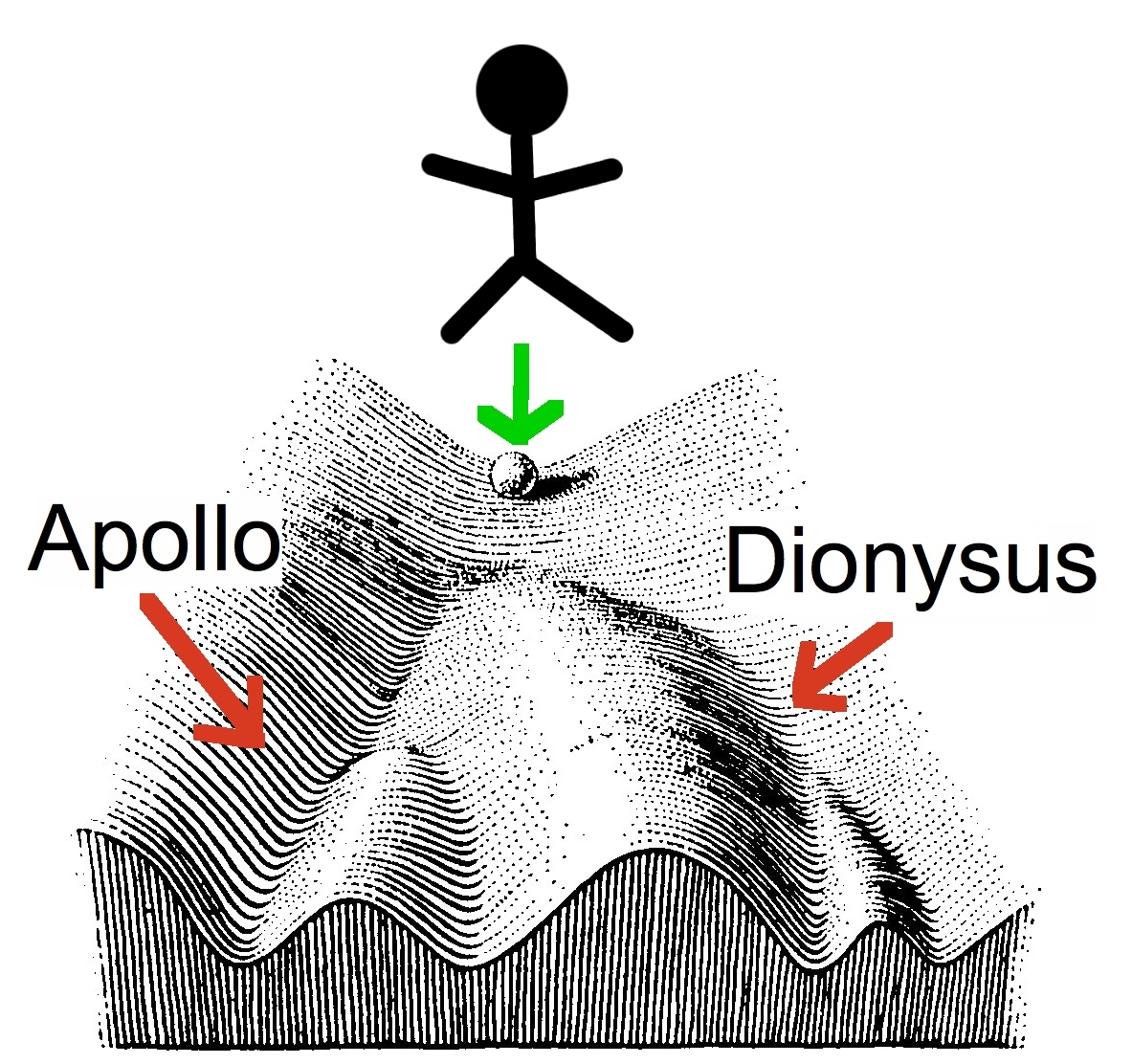 This
association between the concept of dynamical attractors and spiritual
animators as expressions of how network autonomy manifests and changes
is formation, and thus its properties of order creation, are a primary
basis for a scientific mythology.
Identifying the Scientific Dynamics of Emergence as Mythical Metamorphosis The spiritually animating agents of myth's spirits, gods, and goddesses are not only metaphors for the autonomous behaviors of complex networks, and the archetypally differentiable dynamical attractors such behavior manifests, but also the more general phenomena of emergent order creation. By definition, emergence is a disjunctively disproportional change. Order that emerges does not develop in an linear, progressive sequence of identifiable stages. It just happens in a synergistic manner. Thus, from the perspective of mechanistic physics, it is inexplicable. In the language of myth, that makes it magical or spiritual. Emergent ordering of forms and events is effectively a metamorphosis. It involves a fundamental change of form or function, a transformation. The word metamorphosis is a compound in ancient Greek of change and form. The Greek god of dreaming was named Morpheus, literally meaning "the maker of shapes," a mythic metaphor for the emergently creative spiritual agency that produces the ethereal reality of things, creatures, and events in dreams. By thinking in terms of mythical metamorphosis when analyzing real world networks, we can better identify the transformations of emergent events. Wherever disjunctive changes in form, activity, and function can be noted, complexity's emergent ordering is likely to be active. But we can only become aware of its ethereal influences if we employ a mind-altering technique of investigation. That is the purpose of a scientifically guided mythological imagination. Recognizing Network Order Creation through Myth's Spiritually Animated Matter From the generalized background of abstract gods and goddesses, to the more particularized spirits of landscapes and animal species, mythic imagination models the operations of network autonomy as spiritual animation influencing every aspect of the material world. From the perspective of network science, most every object and event is ordered in part by emergent network activity. No shift in our awareness is simpler or more profound than to experience the most ordinary of things as expressions of these fundamentally mysterious modes of order creation. It enable us to ask, "What who of which network made this and why--for what purposes. And what might the unexpected, unpredictable consequences be?" Every Object tells a Bi-Dynamical Story of Material Composition and Immaterial, Autonomous Network Agency's Animating Soul Any physical object can be described as a network of its physical components. These are the elements and relationships of its dependently ordered form. But both science and the mythical imagination tell us that most physical things have origins in the emergent spiritual animation of complexity's other worldly dynamics. The order creation of complex networks leaves a detectable imprint of their archetypal network soul in the things they influence. Thus things can tell a story of their origins not only in predictably physical dynamics but also by the unpredictable metamorphosis of emergence and spiritual animation of network autonomy. If we are prepared to examine them for this evidence, we can discover that physical things and events are in part magically mythical. Their forms and functions resonate with the activities of the network animation which gave them their archetypal character. Thus even inanimate objects have a numinous aspect of network subjectivity to them: there is a trace of information-processing willfulness in their forms and activities. They are individualized versions of archetypal forms that are the expressions of archeytpal impetus in the emergent order creation of autonomous networks. Objects of subjective origins
Even rocks. leaves, ears of corn, and trees have a trace of network soul:   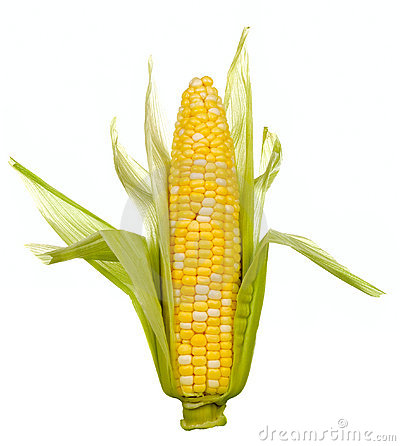 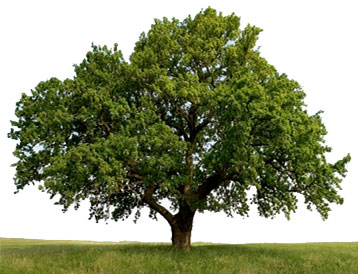 Humans have long responded to certain types of objects as being particularly evocative of the spiritual animation of autonomous network dynamics. Feathers are experienced as representing the archetypal qualities of flight and freedom manifested by bird-ness. Animal antlers and natural shapes of wood figure prominently in archaic human expressions of spiritual imagination as numinous echoes of complexity's magical order creation. Manifestations of Nature's archetypal soul
Feathers, deer antlers, and shapes in wood:    But the same numinosity can be experienced in human generated objects. A bottle, chair, hammer, or gun have the forms and functions these manifest as consequences of the archetypally animating spirits active in the networks of human mind systems that emergently created them. They are expressions of the complex dynamics of their makers, and that of the historical contexts in which they were emergently created. Further, such objects are often experienced as resonating with the networks of humans who have used them. There is a tangible allure to antiques and family heirlooms that can have a potent effect on people. A bottle, chair, or hammer that a long dead person made or used is sometimes experienced as a numinous presence of that person's network soul. And indeed, its present physical form is in some regard a consequence of the network soul of those who made or used it. Thus we can think of emergently ordered objects as spiritualized matter or materialized spirit. Materializations of spiritual animation
The spiritualized matter of things ordered by emergent network animation:    On
a larger, more collective scale, the physical traits of objects such as
buildings express the imprint of their network origins and
functions--both in terms of their physical construction as well as
design and use by the spiritually animating networks involved with
them. These are readily differentiable by archetypal analysis of their
traits. Churches can express a small communal network soul or a grand,
institutional one. The forms and functions of the U.S. Supreme Court
building manifest different traits of network soul than does a
corporate sky scraper.
The architecturally materialized character of network souls 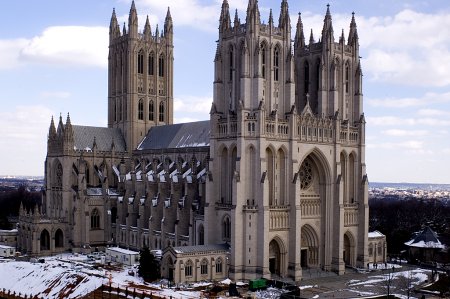   Objects such as clothing give us profound indications of what types of network soul are active in certain contexts. The imperial uniform of a feudal aristocrat gives different archetypal indicators than that of an ordinary policeman. And police in riot gear provide a quite different impression of the intentionality in the network autonony of a law enforcement system. Archetypally diversified uniforms of power's network autonomy
   We readily become accustomed to the appearances of familiar things and events, causing these to be normalized as "just what they appear to be," as merely ordinary, physical things. Our pragmatic perspective presumes to know the purpose and meaning of the familiar. But to comprehend how emergence and network autonomy is shaping and using these things requires re-imagining them as complex systems that have spiritually animating network souls. Activating Awareness of Metamorphic Emergence and Network Numinosity through Animating Imagination The human sense of how autonomous network soul is active even in the ordinary world of things and events is expressed in the tendency to animate these as magical or intentional agents. Flying carpets, talking candle sticks, and magical genies that emerge from lamps when rubbed are examples. These imaginations are not delusion but symbolic insights about the hidden ordering of complexity's transformative dynamics. They are actually useful as symbols that assist in percieving the character of network autonomy in real world systems. Metaphors of the agency of network animation
Conjuring the spiritual matter of things: 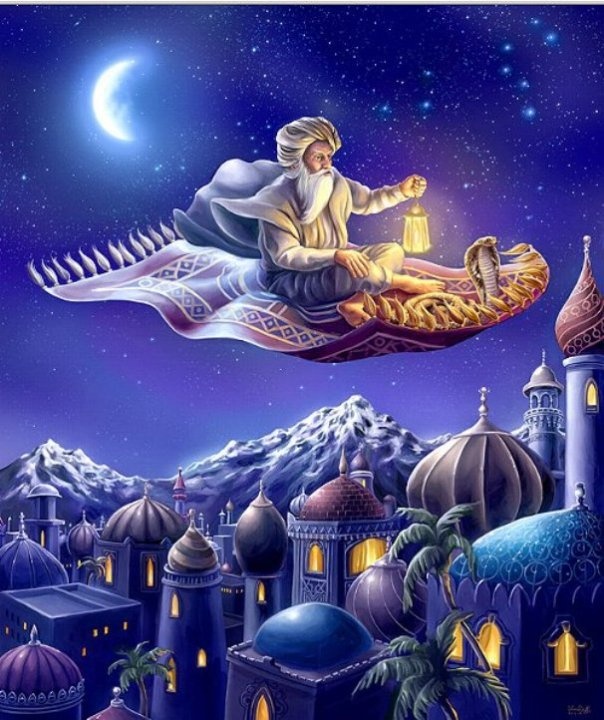   A Psychological Theory of Network Autonomy--or the Netology of Spiritual Animation Scientific models of complex network structure and dynamics show that their generation of emergent ordering as network autonomy is logically conflicted and disorderly--that is how it "does what it does." These unpredictably order-creating dynamical qualities are intrinsic to the self-organizing criticality of networks at the edge of chaos, from which emerges their capacity to generate the information processing subjectivity of network autonomy. Further, it is logical that the the ordering of complex networks will be variable due to the disorderly dynamics from which it emerge. Given such dynamics, the marvel is that they generate order at all, much less metamorphically or with relative similarity over time. But again, this is logical in that more predictably orderly systems do not have the variable potential of criticality from which to generate such novelty. Though this logic of disorderly, disproportional creation of order-creating network autonomy seems paradoxically illogical from a purely mechanistic perspective on order creation, it is supported by empirical evidence. In reference to network operations as self-awareness of system dynamics that processes data into meaningful information, which then guides the adaptive choices of self-organizing behaviors, networks manifest a form of subjectivity. Thus we can regard this disorderly order creation as a most basic description of the logic of subjective psychic operations--of psyche or mind. The dynamically paradoxical logic of order creation in complex networks is psyche-logical. It is the logic of spiritual animation. In so far as mythic imagination symbolizes the characteristic behaviors of network autonomy, as an information processing, intentionally subjective phenomena that creates then animates things and events, it too is psyche-logical. It symbolically represents network autonomy as a general psychic activity that takes on particularized character in different types of networks and even within the same network at various times. As network formation changes, its psychical character also changes. Though mythic symbolism does not constitute a logically analytical account of this psychic activity (the mind-ing of network autonomy) its broad range of archetypal differentiations compare well with modern psychological profiling of mental states and personality formations. The characters of myth are often used to represent various formations of human personality and behaviors. Myth has been describes as pre-modern psychology, meaning it was how human's once perceived, differentiated, and understood the operations of psychic or mental networks. But for mythic cultures, those networks were perceived and represented as manifesting in both human and non-human systems. Though this mythical psychology informs human understanding through symbolism and intuitive understanding, it can nonetheless be said to have a logical basis--from the perspective of network science. Myth is "neto-logically" psychological. The Psychological Network Con-spiracies of Myth The disorderly diversity of system parts and their interactions, generating dynamical criticality, is the collective basis for network self-animation. Viewed mythically, this constitutes a variety of "spiritual impulses" acting as psychic sub-networks. The interaction of these generate identifiable archetypal behaviors, symbolized by various spirits, gods, and goddesses. Thus network psychology is a "con-spiracy," or "coming together" of spiritual impetus with a network. This spiritual agency can be understood in scientific terms as the expression of a dynamical attractor landscape. By the logic of network science, networks necessarily express such dynamical agency and interacting networks compose attractor landscapes. By the logic of myth, these are inherently psychological, being expressions of interacting spiritual impetus. What the science perceives as dynamical attractor landscapes myth symbolizes as specific interactions ofarchetypally identifiable spirits, gods and goddesses. Perceiving the Paradoxes of how Order Creates Chaos and Disorder Creates Order Psychologically One of the most confounding insights of complexity science is that uniform order can debilitate the capacity of complex systems to operate and adapt. Human hearts that beat in more perfectly regular rhythms have been determined to be more susceptible to failure than those that beat with some irregularity. When humans seek to impose complete control on complex systems, human or non-human, this can lead to fragmentation and collapse--or to sudden, disjunctive transformation, as in a society that revolts against domineering tyranny. Thus order and control can paradoxically create chaos. Conversely, some degree of chaotic dynamics is inherent in the self-organizing criticality that enables complex adaptive systems to emerge and operate adaptively. Significant disorder and a lack of direct control in network operations enable the synergistic emergence of self-animating network autonomy. This paradox of dis-ordering order and ordering dis-order, and its essential role in generating metamorphic emergence, is difficult to comprehend for minds conditioned to think in the terms of mechanistic physics. But when these insights into complex systems and their operational networks are associated with their corresponding metaphors in a mythical imagination, their pervasive presence in the real world become more evident and tangible. This psychologizing of complex networks makes their necessarily conflicted impulses more tangible as factors in their behavior. A psychological concept termed enantiadromia refers to how an extreme degree of one type of behavior tends to induce a swing to its opposite. Complex systems are sesceptible to these sudden shifts from one archetypal behavior to its counter part. Extreme orderliness can bring on chaotic dynamics, and vise versa. A person who is excessively rational becomes more likely to suffer irrational outbursts. Similarly, a rapid rise in the population of an animal species is often followed by a sharp decline. In human social systems, extreme liberalism can prompusextreme conservatism. Myth often personifies these swings in terms of the influence of particular spirits or dieties. A human in a mythic story who resists the influence of a god or goddess can then be compelled by that animating influence to indulge in its type of behavior. Thus when analyzing real world systems and networks, it is useful to look for evidence of this tension between types of behavior or the extreme expression of one archetypal tendency. Analyzing a particular system/network for conflicts among its parts and their activities provides a basis for understanding these in mythic terms as aspects of a network's personality or soul. Psycho-Pathology in Network Science and Mythical Imagination Combining the scientific knowledge of network dynamics and their mythological modeling reinforces the importance of reciprocal interdependency among complex systems. The long-term sustainability of any meta-system derives from reciprocity among its component systems. Each must not only benefit from the others but facilitate them as well. Thus interactions between predator and prey species, like lions and antelope, involve suffering and death, but produce relatively equal benefits for both, not just the lions. Equalizing reciprocity maintains the healthy vitality of meta-system operations. From the perspective of mythic imagination, the sustainable vitality of the living world is maintained by a similar interplay among archetypally differentiated spirits and gods. The animating network impulses of masculinity and femininity, love and war, reproduction and death, rationalism and ecstasy, domestication and wilderness, even loyalty and betrayal, are all required to maintain life. But they do so by interacting in ways that limit the dominance of each over the others. This perspective contrasts with the concepts of human societies that divide aspects of the world into opposed categories of good versus evil. For network science and myth, all the ways that things happen, orderly and disorderly, creative and destructive, are essential to the manifestation and self-animating operations of the biosphere. Thus none is of greater value than another. Nonetheless, the general rule of interdependency suggests qualities of healthy versus pathological conditions in how networks operate. If one particular network begins to act in ways that debilitate others in its environment, that behavior can disable the self-sustaining operations of the larger meta-network of that environment. Consequently, the other systems might adjust their operations in ways that limit the disruption, or the larger meta-network might become so disorganized it becomes chaotic and either collapses or re-self-organizes in ways that limit the effects of the disruptive system. Myth models these same relational dynamics in how the archetypal spirits animate aspects of the world. An extreme of one type of behavior tends to trigger countervailing impulses. A one-sidedness of network behavior, such as an extreme manifestation of Apollonian rationalism in human thought, can trigger an upsurge of Dionysian emotionalism. This general rule of reciprocity provides a way of evaluating the overall operational vitality of a meta-system in terms of what humans term psychopathology. In so far as the autonomous agency of complex network subjectivity constitutes the manifestation of psychological character, it can be considered to be acting pathologically when it becomes so disruptive its own system, or of other systems upon which it depends, that self-sustaining operations are severely disabled. In effect, the larger psychic interdependency of meta-networks of complex systems becomes "sick" when one of its component systems violates the general rule of reciprocal facilitation. In a similar view, any given system/network that acts in this way risks its own sustainability by debilitating the environment upon which it depends, can be said to be acting psycho-pathologically in regard to its own best interests of long term sustainability. This view can be employed in the analytical application of scientific mythology to asses how networks are operating in relationship to each other, and thus their own self-sustainable operations. Such an evaluation is not about what is good or evil, but rather how dynamical network behaviors effect each other, and thereby themselves. There is a kind of "mental health" to how autonomous networks operate. However, nether network science nor myth present any ideal state of "good behavior." Extremes can be debilitating, but a diversity and variability of types of behavior are essential parts of the complex dynamics that generate as well as maintain the self-organizing criticality of systems. Six Stages of Network Analysis and Engagement through Scientific Mythology Perceiving and interacting with the world-animating forces of emergent order creation and its willful network autonomy The above correlations, between the science of complexity and the metaphoric-metamorphic symbolism of mythic imagination, provide the basis for a hybrid methodology of knowing bi-dynamical reality. This associaion of rationally analytical description and metaphorically interpretive symbolism is not new. It was long intrinsic to human culture before the advent of modern , when it was known as natural philosophy in European contexts. But the modern emphasis on science as a reductively mechanistic method caused the symbolism of mythic imagination to be deemed irrational, thus unrealistic, and so fundamentally false. Myth in the modern era became synonymous with un-truth. Now, in the 21st Century, the more holistically inclusive, bi-dynamical perspectives of complexity and network science are enabling us to bring the knowledge of rational analysis and the empirical inquiry of experimental scientific method back into relationship with the seemingly irrationality of symbolism. That correspondence does not require competence in the elaborate mathematics of complexity science, nor a scholarly familiarity with the mythological traditions of historical world cultures. A basic understanding of some fundamental concepts from the science about how networks emerge and tend to operate allows us to examine all manner of contexts, subjects, and events for their emergent properties of organization. That gives us the basis for plotting the parts of systems and the relationships between these as constellated networks. This abstract plotting amplifies our ability to logically differentiate the linearly dependent and nonlinearly interdependent influences of system parts upon each other. This network analysis forms the basis for exploring the qualities of a network archetypally--in terms of what its various aspects and activities are like qualitatively, in a variety of non-technical terms. This archetypalizing describes system and network traits in terms of similarities and likenesses. Descriptions using adverbs and adjectives are particularly useful in elaborating the qualities of emergent ordering and network autonomy which science cannot fully describe and explain. This archetypal analysis is, like the science it seeks to elaborate, inherently imprecise. But it moves us logically into a psychological interpretation of network autonomy. And that psychologizing takes us further into the domain of symbolic elaboration of metamorphic transformations and personification of network agency in terms of spiritual animators. This transit from science to mythic imagination provides the most vivid encounter possible with the invisible dynamics of complex systems and networks. The benefits of this "seeing networks" as individualized volitional entities that can neither be predicted nor controlled has two general effects. One is the enhancement of a sense of meaning to life, arising from encountering its pervasive intelligence and intricately reciprocal interdependencies. The other is that it informs our ordinary, pragmatic states of mind about how to interact with network autonomy "in the real world." The elements can be described as six stages in three phases. Network Analysis: 1, Constellating network structure and relationships as dynamical attractor landscapes (how configured & operate?) 2. Archetypalizing bi-dynamical traits of network structure and interactivity (what qualities?) 3. Psychologizing the character of network behaviors and dynamical attractors influencing them (what motives?) Network Symbolizaiton: 4. Mythologizing the archetypal traits of network structure, psychology, and behaviors (what themes & story?) 5. Ritualizing engagement with network autonomy through symbolic gesture (how to experience it?) Strategic Reorientation: 6. Incorporation of insights and experiences from above stages into practical actions (how to get real about it?) What can be Scientifically Mythologized? Though the starting point is applying basic scientific concepts of compelx networks, this method is fundamentally symbolic. It takes up where the science leaves off, in the sense that quantitative scientific method has identified the dynamical conditions of emergent ordering that this method cannot fully define, describe, or explain. Network constellation using the scientific concepts gives us an empirical basis for extending out insights intuitively, beyond what the science can tell us. This extrapolation from network concepts can be applied to any subject, event, or concept, as a system which manifests a complex network of interdependent relationships. The subject can be as large a generalized topic such as history, or as small as a particular aspect of one's own habitual expression of behavior, such as anger. Most any subject you can think of turns out to be a manifestation of a complex network of interdependent relationships. Constellating a system's network to reveal its emergent character
A system:
Its network constellation: Its behavioral traits:
Its autonomy's personification:
  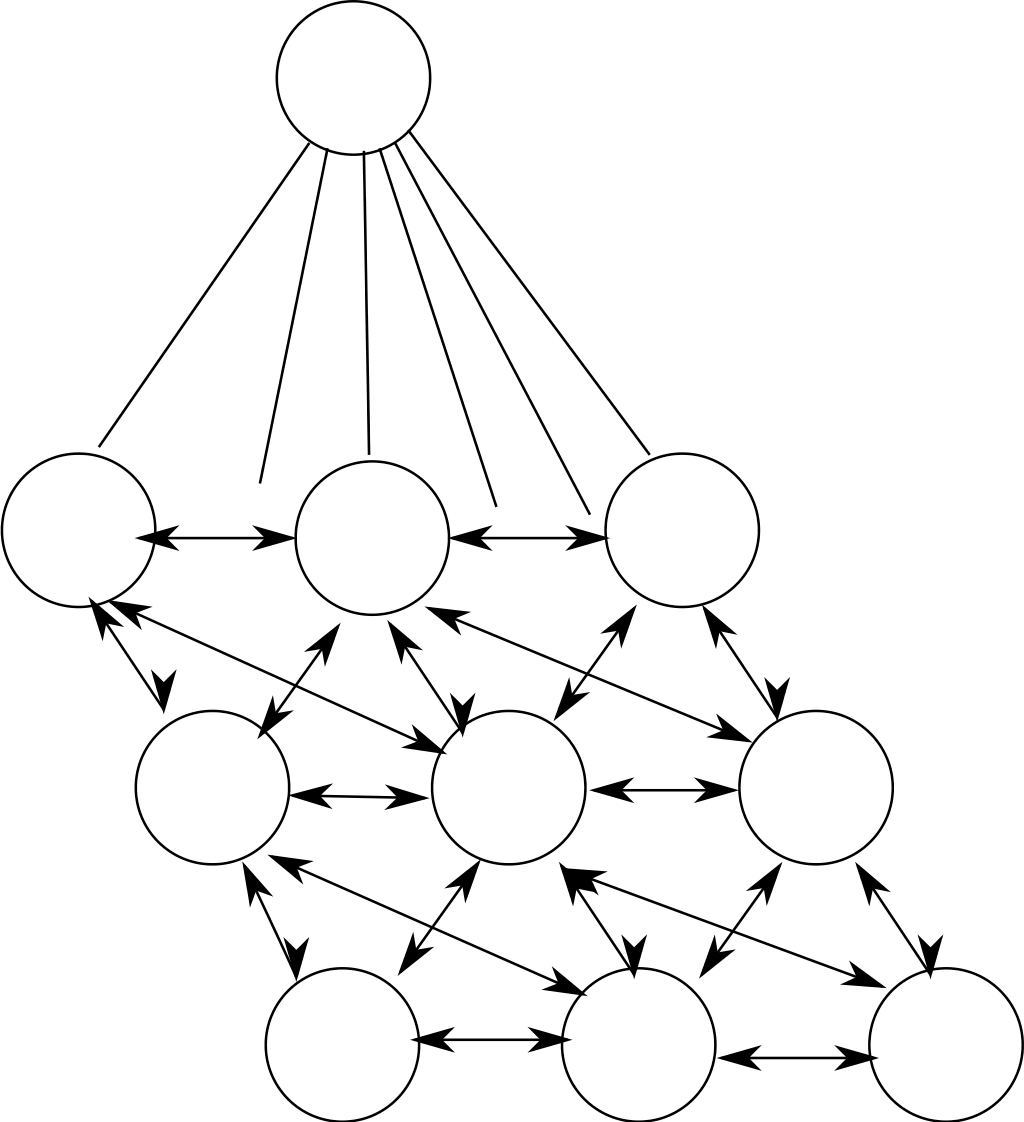 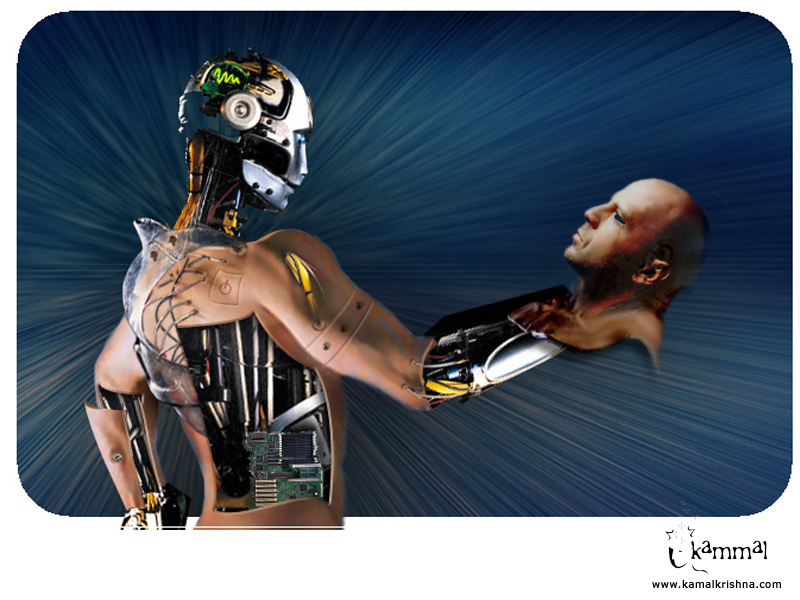 The Dynamically Interdependent Story Telling of Scientific Mythology We are accustomed to describing events and explaining how things happen in terms of sequences, of progressive narratives. This is our reflexive way of "telling the story" of what happens and how. It is based on our expectation that events are determined by, or dependent upon what proceeds them, and determine what happens next. But the science of complexity and networks reveals this dependent way of telling what happens is blind to how the world actually works--through the disorderly emergent ordering of interdependency. The stories of this aspect of bi-dynamical Nature cannot be told in simple progressive sequences. They must be understood as constellations of simultaneously interdependent events that create the unpredictable tendencies of network autonomy. Mapping system parts and relationships orients our awareness to the synergistic activity of the resulting network operations and their autonomous agency. The story of this type of order creation cannot ultimately be described. It can only be intuited from holistic observation and the symbolic representation of mythic imagination. Though the process of scientific mythologizing begins with a rational analysis of a system's composition and network configuration, that is the prelude to "telling its story" in symbolic terms. Stories are the traditional form in which oral cultures retain knowledge from the past. Through the stages of scientific mythology, the hidden dynamics of complexity at work in a system "come to life" as imagined characters and actions. Contemporary literature and drama perform this function on an unconscious level. But here it is guided by an analytical orientation to a subject. h this process can be engaged by individuals alone, it is most effective, and affecting, when undertaken by a group of people. The multiple perspectives and imaginations of a group generate a more interactive analytical and symbolically associative elaboration. This collective "telling the tale" of a network's emergence and characteristic behavior is itself an interdependent network dynamic that enhances the potential for emergent understanding and subsequent re-orientation of our relationships with the attitudes and behaviors of the subject or context being elaborated. With these thoughts, the phases and stages of scientific mythology can be described as follows:
Network Analysis: Setting the stage for symbolic elaboration
1, Constellating: How is a system's network composed, configured, and operating?
System parts and network structure are plotted as
constellated relationships to reveal interdependent dynamics, emergent transformations, and responses to changing
conditions that indicate autonomy.
2. Archetypalizing: What are the qualities of the network components, their relationships, its actions?
System
parts, network
dynamics, their variable behaviors, and the effects of network
operations are explored through compartive descriptions that suggest
their archeytpal traits and character.
3. Psychologizing: What are the motives and states of mind suggested by network qualities? The archetypal traits of network behaviors and
the dynamical attractors influencing them, are interpreted in terms of psychological character to elicit their confilcts, autonomous motives, and
intentions.
Network Symbolization: Metaphoric modeling of network dynamics, character, and animating actions
4. Mythologizing: What mythical symbols and motifs represent network traits and mentality? Archetypal trats of network structure, behaviors, and psychology are associated with metaphoric images, characters, stories,
and motifs from mythology, literature, art, popular culture, and
personal imaginations.
5. Ritualizing: How can the network be made tangible and engaged through symbolic gestures?
Network character and autonomy are imaginally embodied then engaged through symbolic contexts, and actions.
Strategic Reorientation: Living with and in the symbolized analysis of network autonomy
6. Incorporation: How does reflection on the proceeding stages guide our practical actions?
The insights and
experiences arising from preceding stages are considered for suggestions about how to interact
with the network's dynamics and autonomy in real world contexts.
These phases and stages can be further described as follows: 1. Network Constellation: What is in it, how is it composed, how does it operate? The parts of a system, context, or topic are identified as a constellation of dynamical relationships. Abstract network plotting identifies the diversity, connectivity, and interdependency of the parts involved, revealing how these are networked together by flows of interacting influence. Though the complex dynamics of autonomous networks cannot be completely identified and diagrammed, even a basic model changes our habitual perspective. Tracking mutually modifying relationships between system parts assists in identifying the expression of feedback loops in network operations. Identifying these locates the production of positive reinforcement or negative dampening effects in network operations. It also indicates how differently the network can operate in response to changes in the composition of its parts or in response to various external factors. Tracking these relationships and their variable potential provides a sense of how complex dynamics generate unpredictably emergent effects. Different parts of the network can be seen to generate the patterns of multiple dynamical attractors, which together give the system its autonomous self-organization and intentionality. This abstract portrait of a system and its network can then be situated within its relationships with other systems in its environment. Those might be ecological, social, economic, political, technological, etc.. Visualizing network operations in this way, as an interactive, variably configured constellation operating in correspondence with other networks, reveals much that is normally obscured by our reflexive, mechanistic perspective. When seeking to understand a very particular manifestation of a network, such as an interpersonal relationship in a marriage, it is helpful to begin this analysis on the general archetypal patterns behind it. Plotting the archetypal factors of marriage as a general context of system and network formation, then the various potential interdependent relationships that can develop among those, provides the background on which to identify the characteristic configuration of a particular formation in a given marriage. The same is true for analyzing network formations in other contexts, such as economics, politics, education, etc. Moving from a constellation of a general subject to that of a specific manifestation of it aids in identifying how particular feedback loops are influencing the characteristic behavior of that network's autonomy. 2. Archetypal Analysis: What is it like, what are its typical and variable qualities? The system's components, its network's dynamical actions, and the effects these have on each other, are considered for their archetypal characteristics. Archetypal description is most effectively done using adjectives and adverbs, rather than definitive nouns. System elements and network dynamics are associated with similar things, actions, contexts, and patterns. These comparisons give a sense of its fundamental or originating traits. This archetypal perspective both simplifies the network to some elemental aspects and, at the same time, assists in perceiving how it is a unique version of its archetypal qualities. Identifying familiar patterns in combination with individualized expressions indicates how it expresses its particular network autonomy. Archetypal elements in complex networks typically indicate the diversity and conflict which drive their paradoxically disorderly ordering. They are indicate the variously interacting dynamical attractors expressed by a network's behavior over time. These inquires allow us to ask, "What animates network behavior and how does it animate its system?" 3. Psychological Elaboration: How does it think and behave, what traits of personality does it express? Archetypal traits of system elements and network behaviors provide a basis for characterizing these psychologically--as qualities of behavior and states of mind, including emotional attitudes. The identified archetypal qualities and their particular expressions in the subject network are examined for the formation of mental attitudes or psychological complexes that characterize parts of the network, as well as its responses to external factors in its environment. Thus this interpretation is not literal but archetypally psychological. It describes network behavior in terms of familiar motifs of mental states. Such psycholgizing enhances awareness of how network behavior and autonomy emerge from diversity, commonality, and conflicts among aspects of system and network, as interacting "actors" with contrasting qualities and intentions. Psychologizing network traits in this way can suggest the manifestation of one or more "personalities" that collectively characterize the overall network's animating impetus. 4. Symbolic Imaginal Elaboration: What symbols, metaphors, and stories represent its behaviors and effects? The archetypal traits and personality of the subject are related to images, stories, motifs and characters found not only in traditional myths, fairy tales, and spiritual practices, but also in literature, poetry, art, and popular culture. These associations interpret a network's emergent transformations and autonomous agency metaphorically, through "likeness" to the archetypal patterns of mythical symbolism--meaning representations of metamorphic events and spiritual agency. They provide the stimulus for an improvised imagination of the subject network as a "creaturely entity" operating in a real world context. These past and present imaginations enhance intuitive understanding of the topic's emergent properties. Its productions and effects can then be considered as manifestations of its spiritual impetus or network soul, the range of which typically expresses paradoxical qualities. 5. Symbolic Gestural Engagement: What symbolic gestures might we enact to bring us into relationship with it? The archetypal symbolism that arises in response to the first three stages provides the basis for an imaginal encounter with the network as a "spiritual animator." Intuitive reflection upon the symbolism can suggest images, forms, and gestures that embody both the network's archetypal character as an animating entity and ways we might interact with these. In its fullest form, this gestural engagement involves ritualized contexts and actions that give us an embodied experience of a network's complexity and our interdependent relationships with it. The enactment can involve the personification of the network as a mythical being in the form of an object or its portrayal by one or more persons. This symbol can then be interacted with through gestures of written language, poetic speech, song and dance, or offerings that embody one's relationship with it in real life. This is not a religious performance of literal belief, but an imaginal encounter, through metaphoric symbolism, with what the initial science-based network analysis perceives as actual--if ultimately undefinable--real world phenomena. It is that initial analysis that guides the entire process of archetypal exploration of the network's by-dynamical reality, thereby making mythologizing more scientific 6. Strategic Practical Reorientation: How can these explorations inform our real world behaviors? Having engaged the preceding five stages of network visualization, archetypal qualification, psychological elaboration, and symbolic imagination, it becomes possible to reflect upon how the insights provided relate to one's previous perception of the network thusly explored. The differences are typically profound. What was once considered a practical approach to it tends to appear simplistic and constrained by unrealistic notions of predictability, hierarchy, and potential for direct control. Consequently, a new and very different strategy for how to interact with and influence the autonomy of the network in its real world contexts can be considered. The challenge then is to bear the new perspectives and strategy in mind as one returns to one's ordinary contexts and pursuits. Practicing Scientific Mythology as Metamorphic Epistemology This process of network identification, symbolic elaboration, imaginal engagement, and practical reflection has the "there and back again" quality of mythic ritualizing. It takes our awareness from the ordinary state of mechanical consciousness to an imaginal one of by-dynamical "double vision." In that state, we experience complexity's interdependent emergence as metamorphic transformation and network autonomy as spiritual animators. From there we return back to ordinary reality. This process constitutes a way of knowing or epistemology that alters one's consciousness through an intuitively non-rational metamorphosis. By encountering the complex dynamics of the subject through metaphorical symbolism, new connections can be made in how we think about and even experience it--through a nonlinear, metamorphic "leap" that is not logically progressive. This is the kind of change in mental operations can actually generate new physical configurations of neural networks in the brain. Such altered states of mental networking can literally reconfigure your physical system. The trajectory of this practice of metamorphic epistemology can be represented as a diagram:  As a means of gaining intuitive understanding of what ordinary mentality cannot perceive, this sequence of network elaboration functions like mythic ritual, with its shift from the perspective of ordinary, pragmatic mentality to that of mythic symbolism, and back. The Imaginal Methodology of Perceiving Complexity
Ordinary focus: Shift in focus of representation: The transit "there and back again": 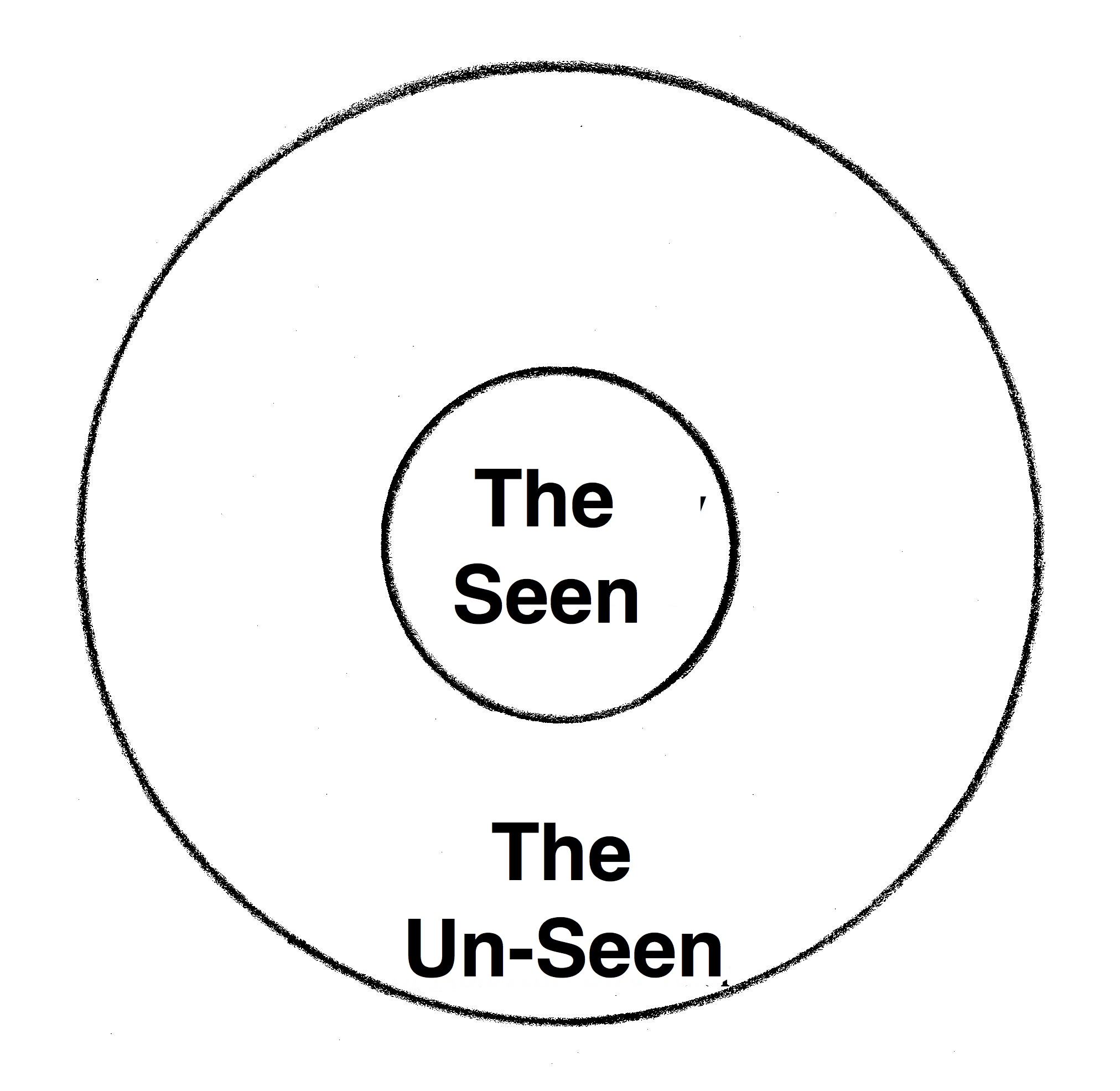 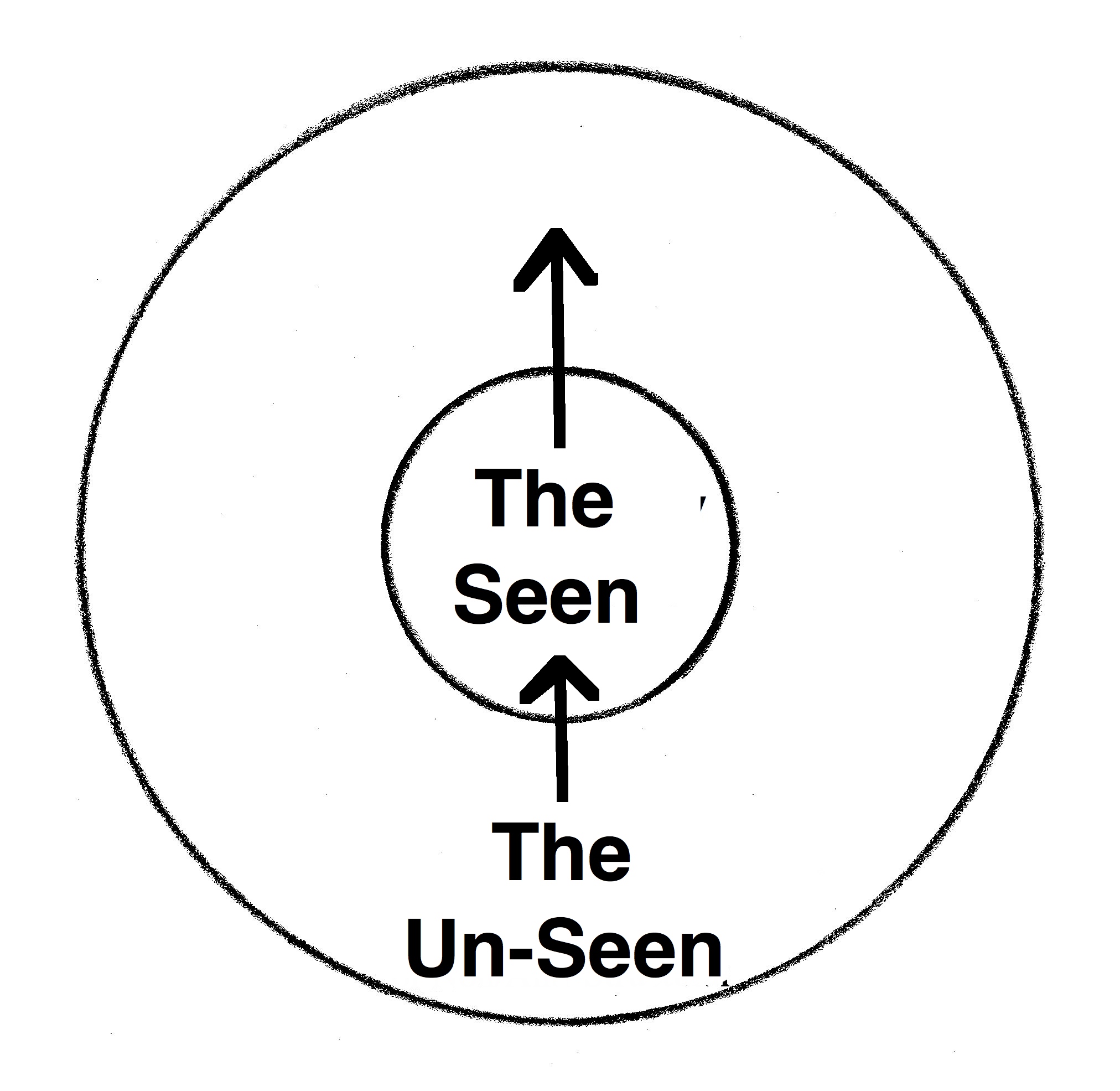 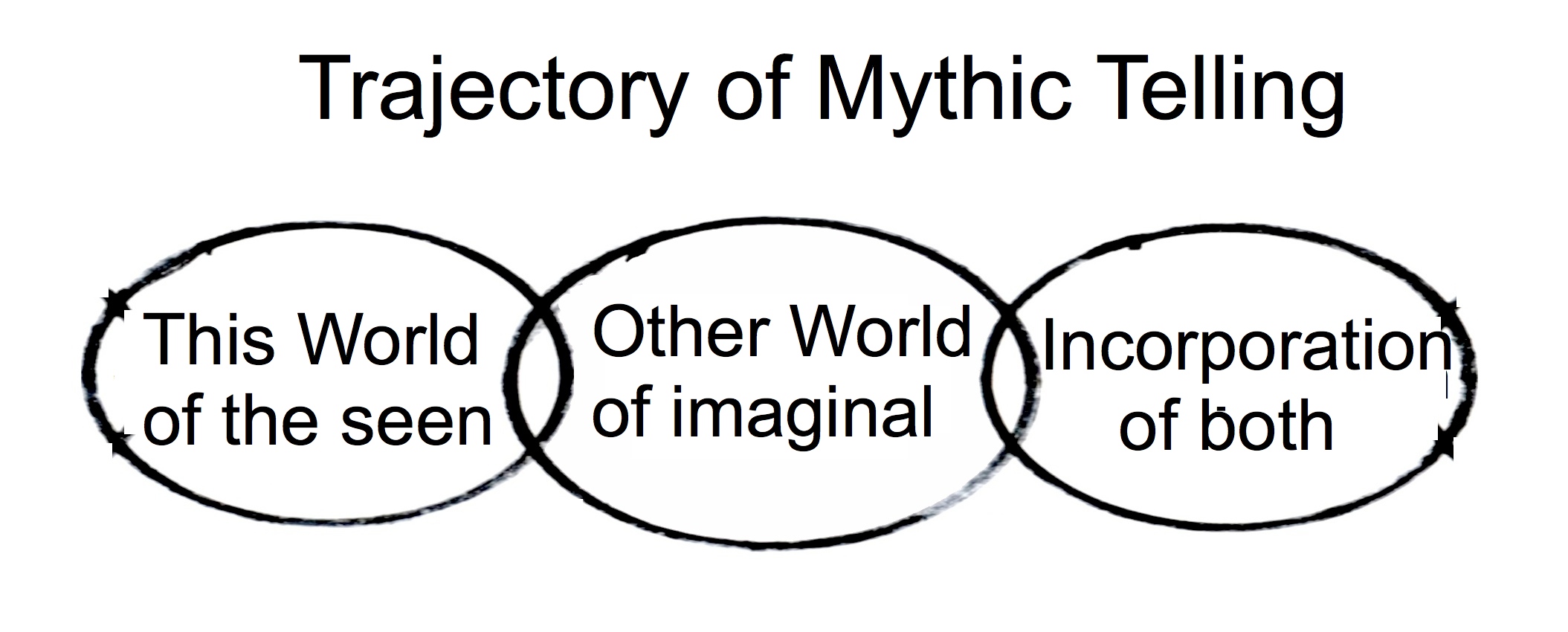 This association with the archaic mode of revealing the invisible dynamics of complexity and network autonomy emphasizes the profound shift required in our experience of how the world actually works. To appreciate the bi-dynamical reality that us revealed, we have to invert our ordinary focus from center to margin, from linear to nonlinear dynamics, so that we can, at least imaginally, experience the confounding the anti-structural order creation of radical interdependency. The inversions of our ordinary focus of awareness induced by scientific mythology
What is marginal to ordinary, practical mentality becomes central: 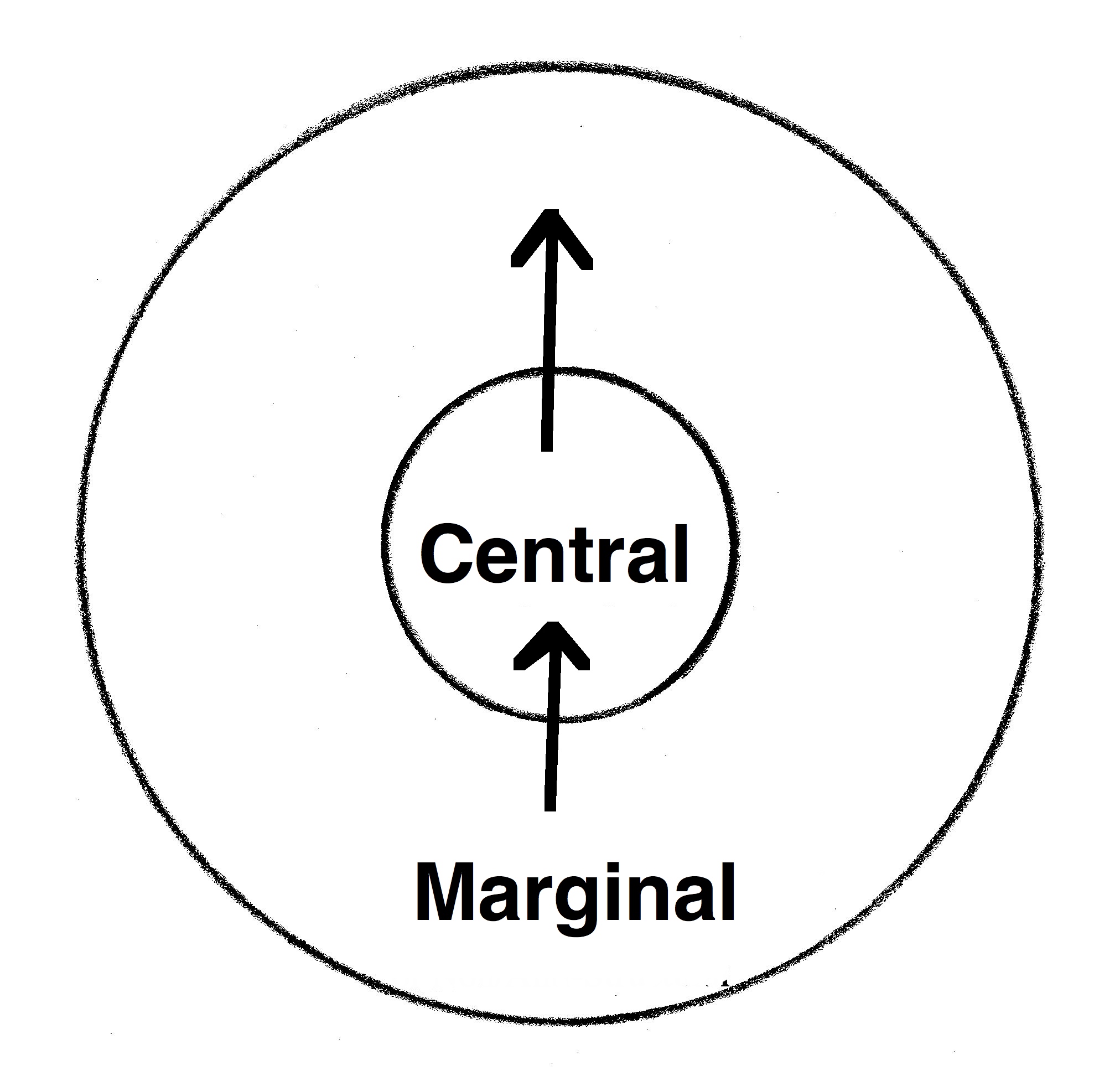 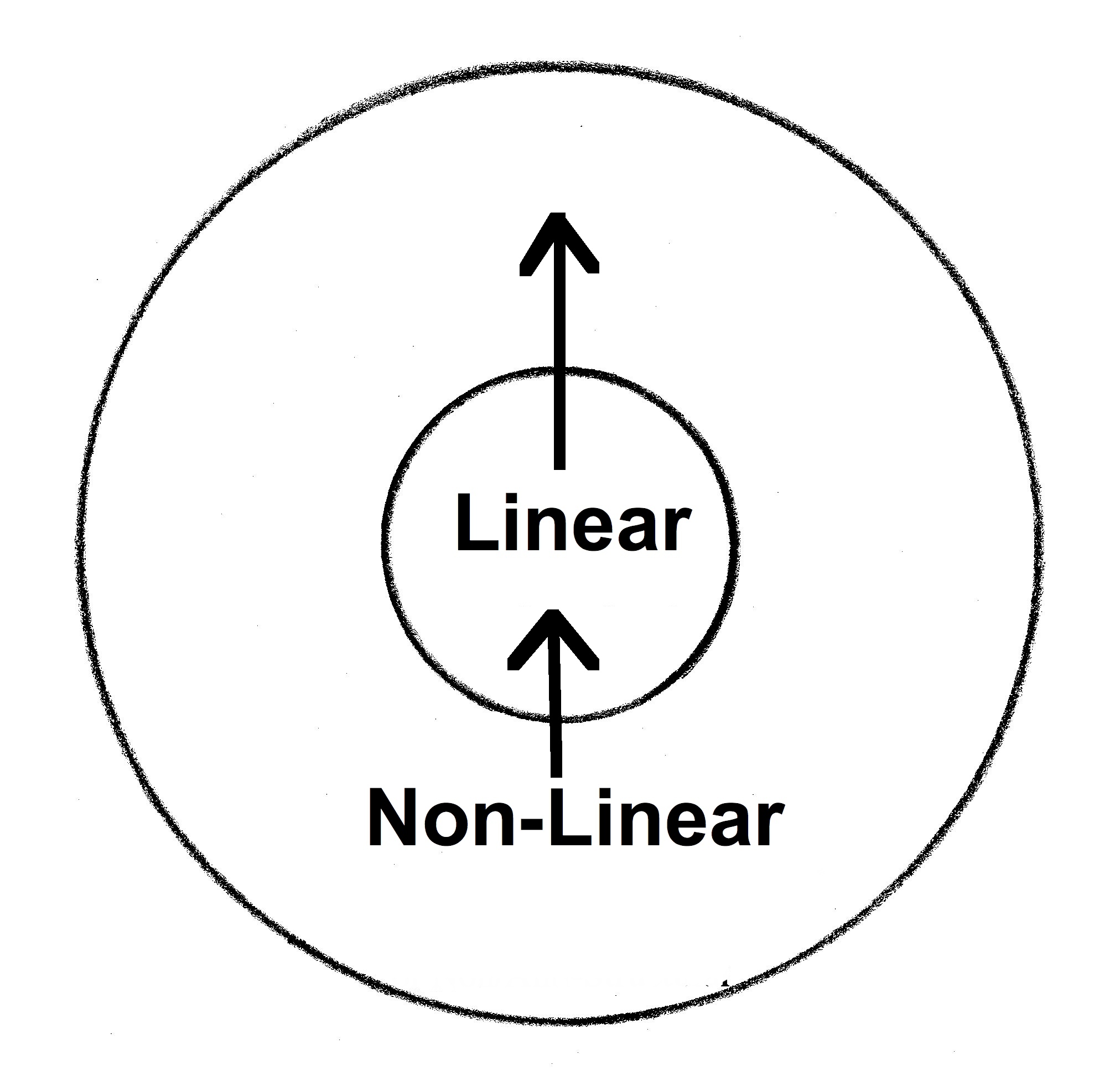 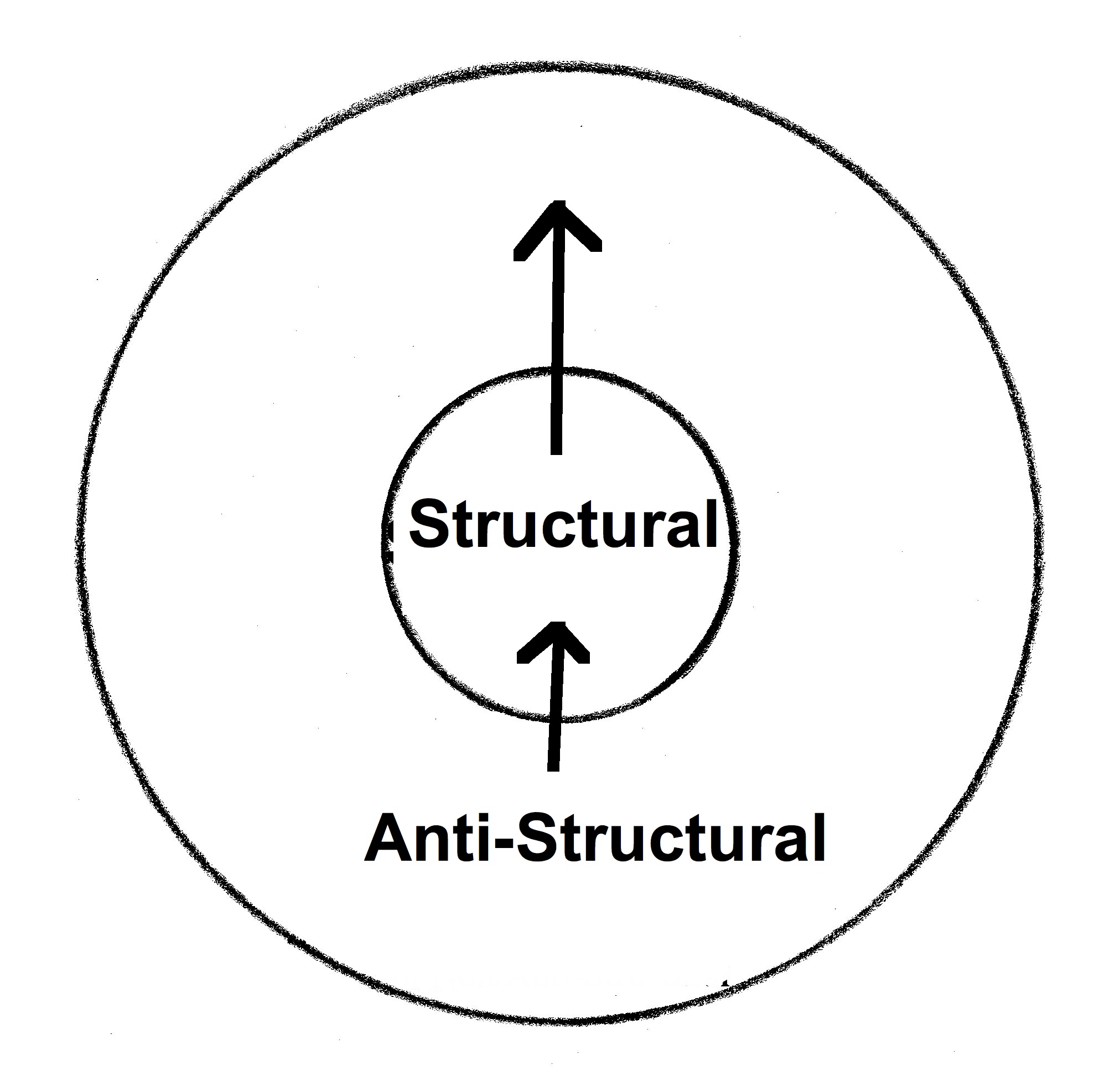 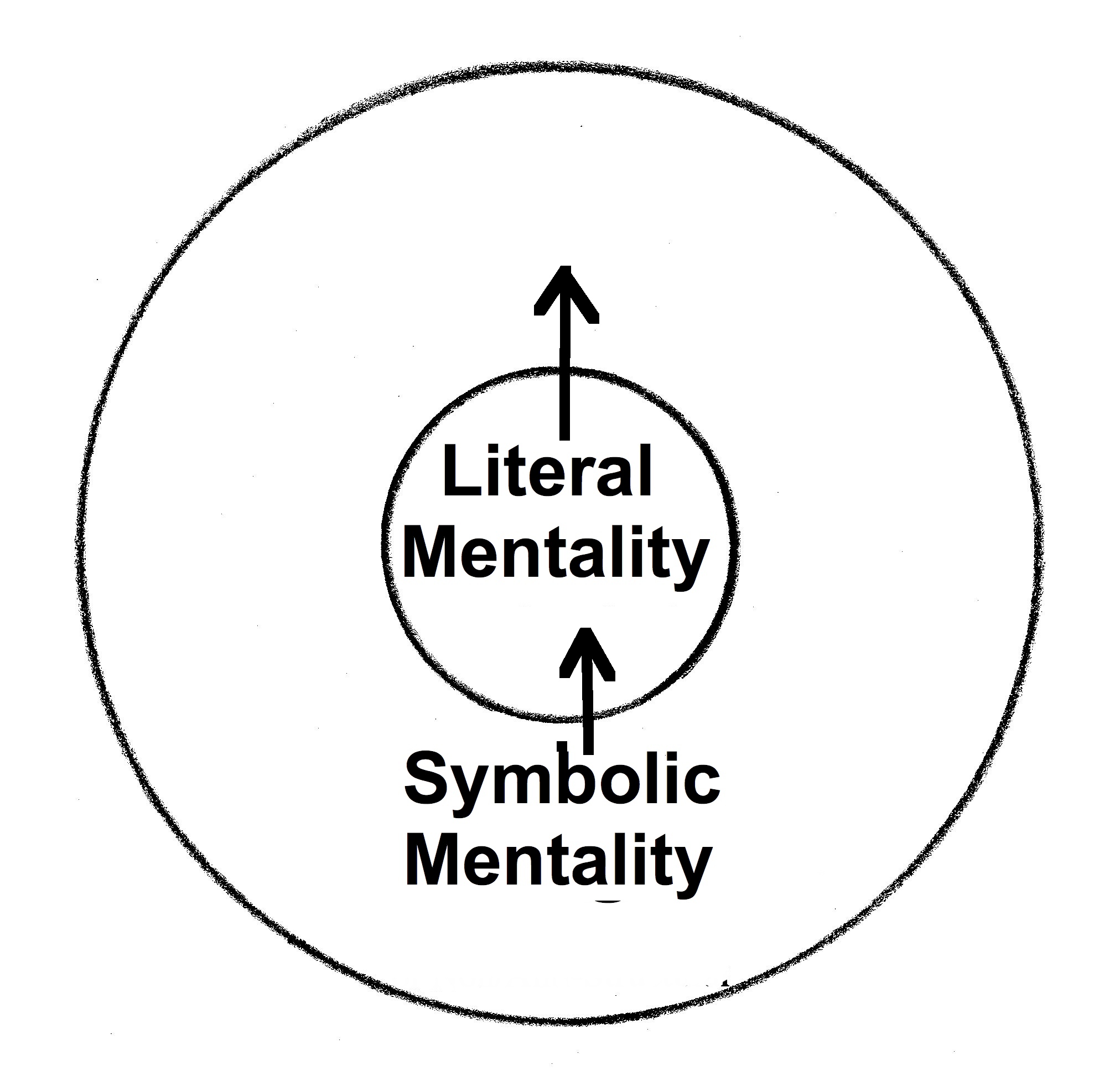 The effects of this shift are made evident by elaborating familiar topics. As the process reveals unexpected factors and paradoxical relationships between these, one's sense of what they are and how they can manifest can alter radically. The general notion of love is an example. It can seem to be composed of a few basic component parts. But a network analysis and symbolic elaboration leads to experiencing its vast potential for manifesting very different characteristics of network autonomy. The shift in perspective resulting from network analysis
A general phenomenon like love becomes a network of profoundly variable interactivity: 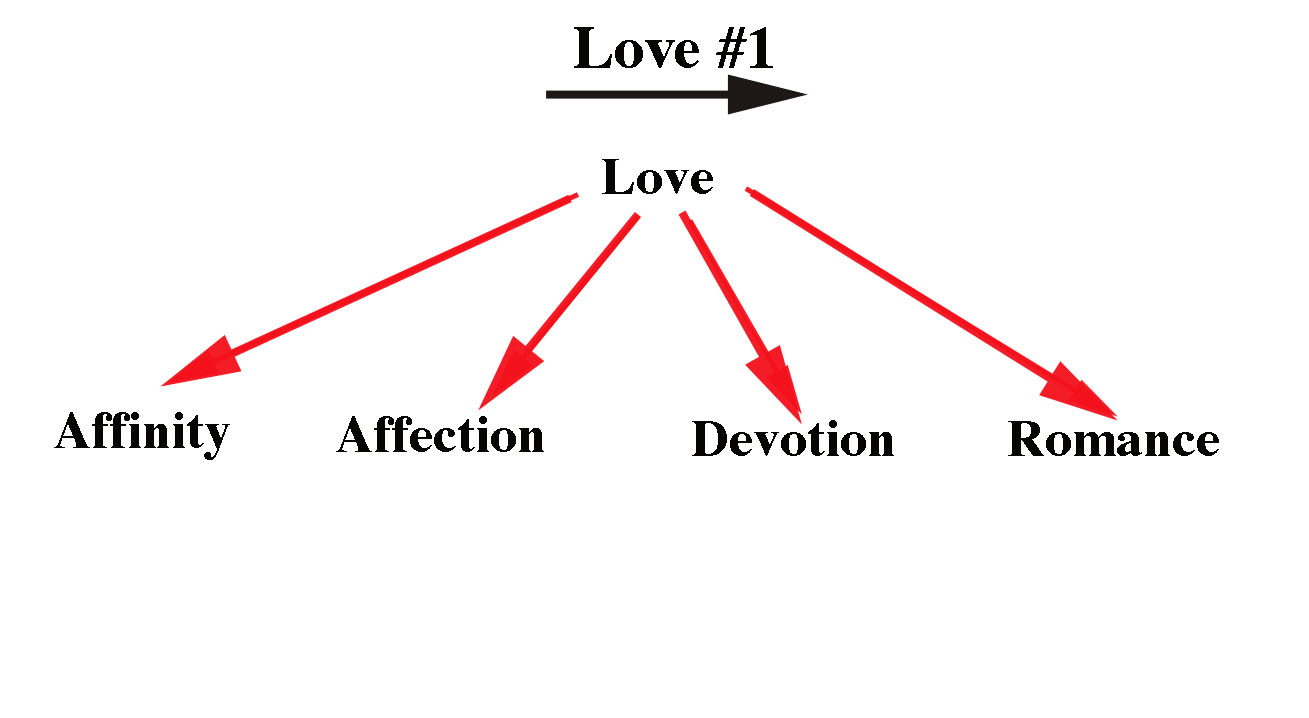 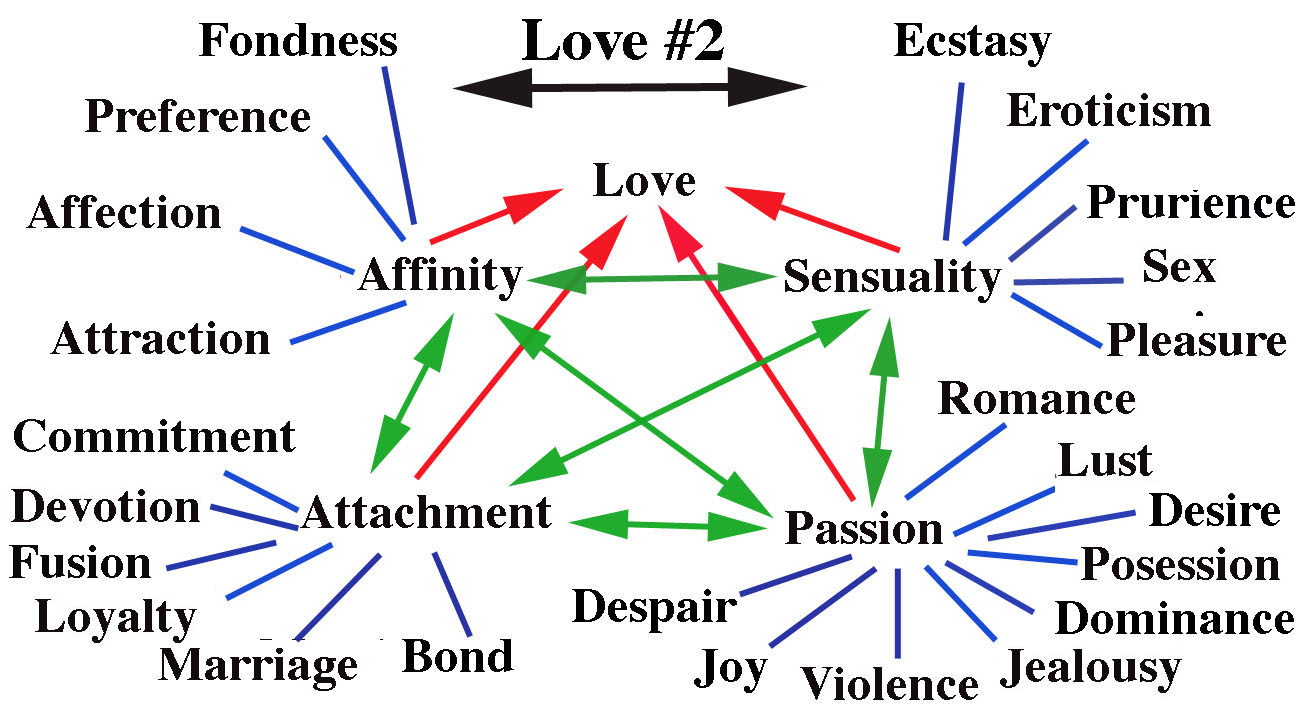
By constellating the diverse elements and relationships associated with
a general or archetypal phenomena, such as love or politics, we become
aware of the variable interdependent patterns it can produce. A
given manifestation of such a system will have particular feedback
loops that drive the network autonomy which emergently generates
its characteristic behavior.
From a general network pattern to a specific one
By first perceiving the
general traits of a subject composition it becomes easier to identify
the character of a particular instance of its manifestation. The same
set of system components can manifest very different network autonomy
and behavior. Mythic imagination gives us stories and "puts faces" on
these variations of archetypal themes. Becoming familiar with this
range assists in understanding how networks not only take form but also
can change--particularly in response to how we respond to and interact
with them. We need to know the character of the networks
we are and are interdependent with if we are to make appropriate
adjustments in our own behaviors.Plotting the archetypal range of a subject assists in identifying dominant feedback loops in a particular expression of it: General factors and interactions: More prominent feedback in a particular case:  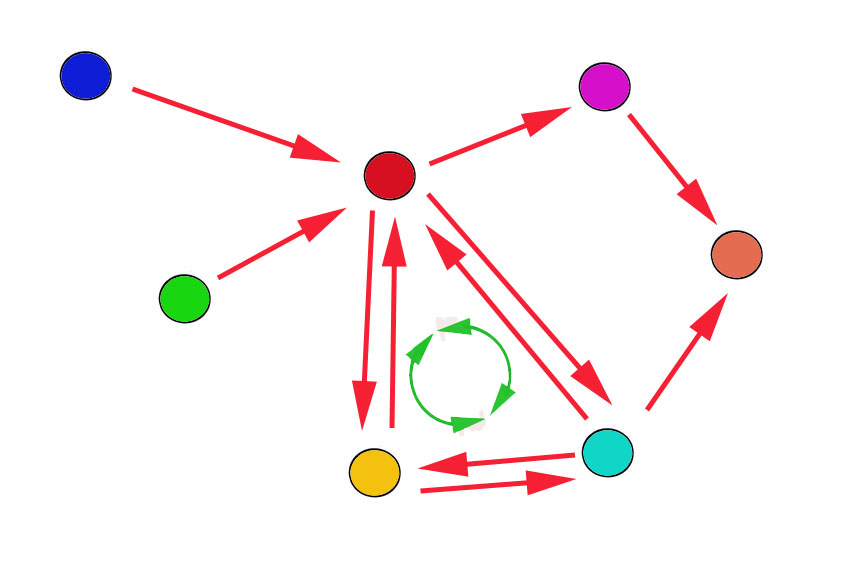 Symbolizing the many network faces of what we call love
The Tarot:
Ares and Aphrodite:
Acteaon
and Artemis: 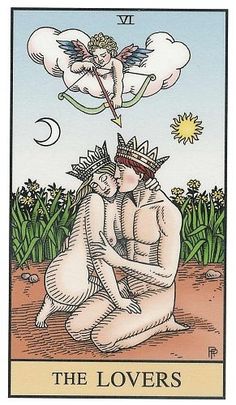 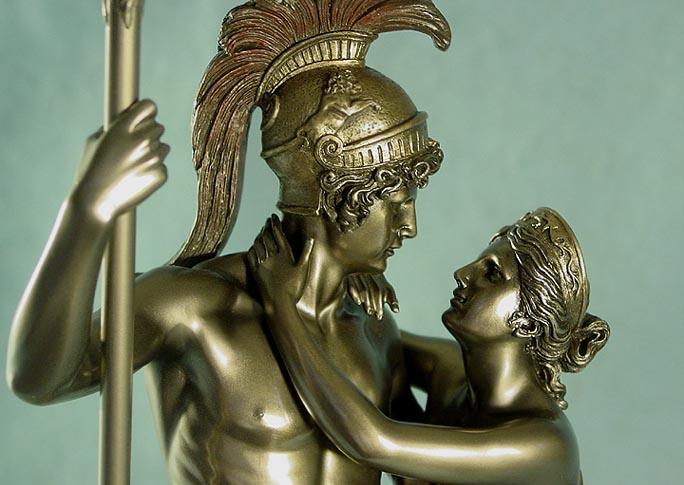 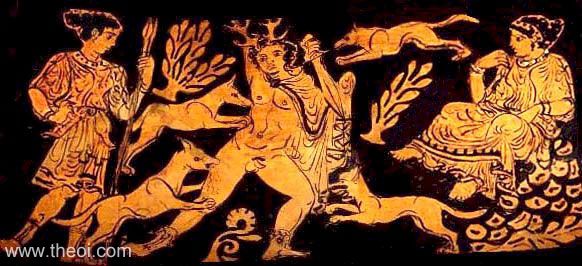
Echo and
Narcissus:
Kali and Shiva:
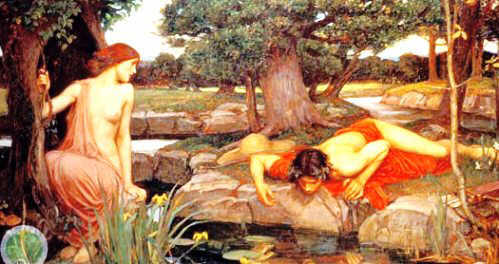 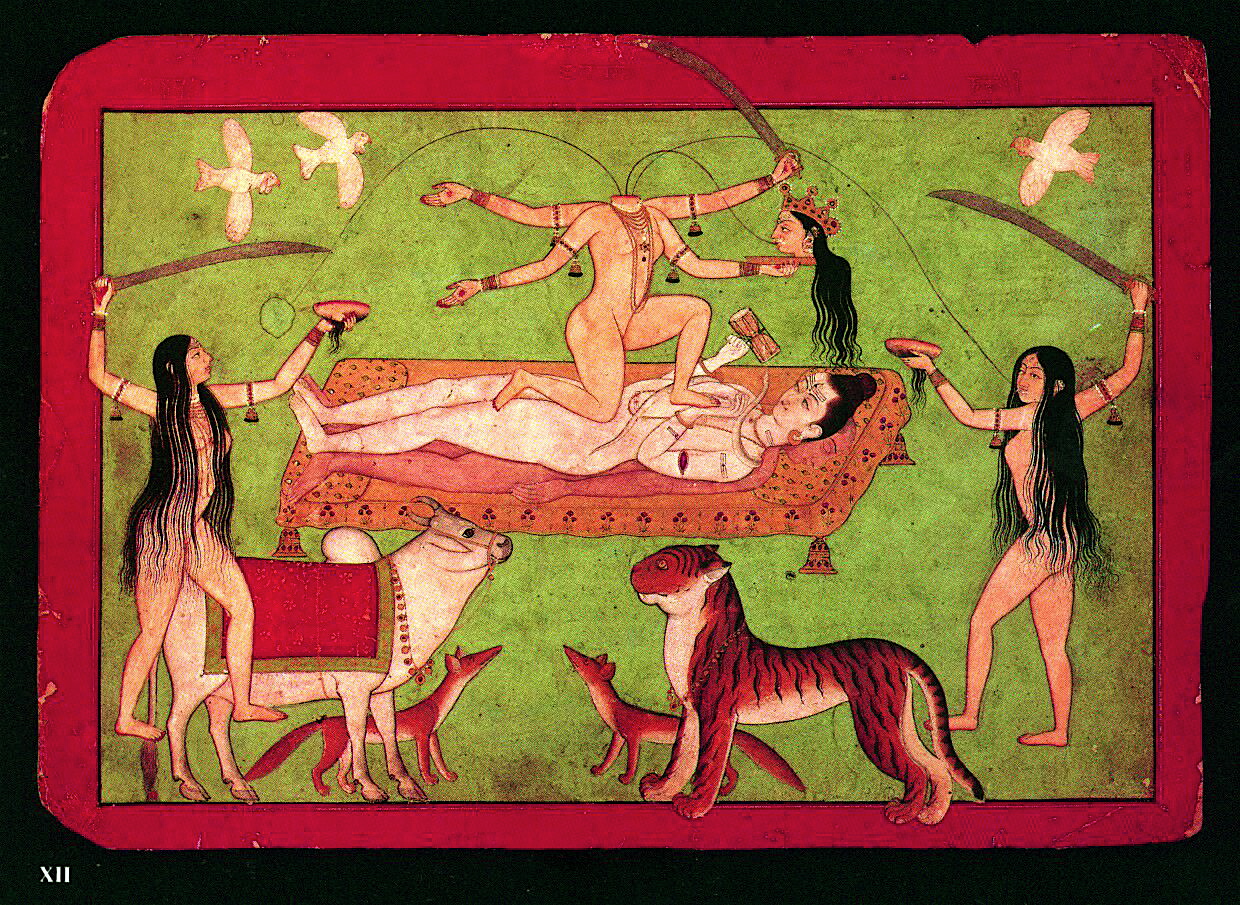 The Frog Prince: Apollo and Daphne: Magritte's Blind Lovers: 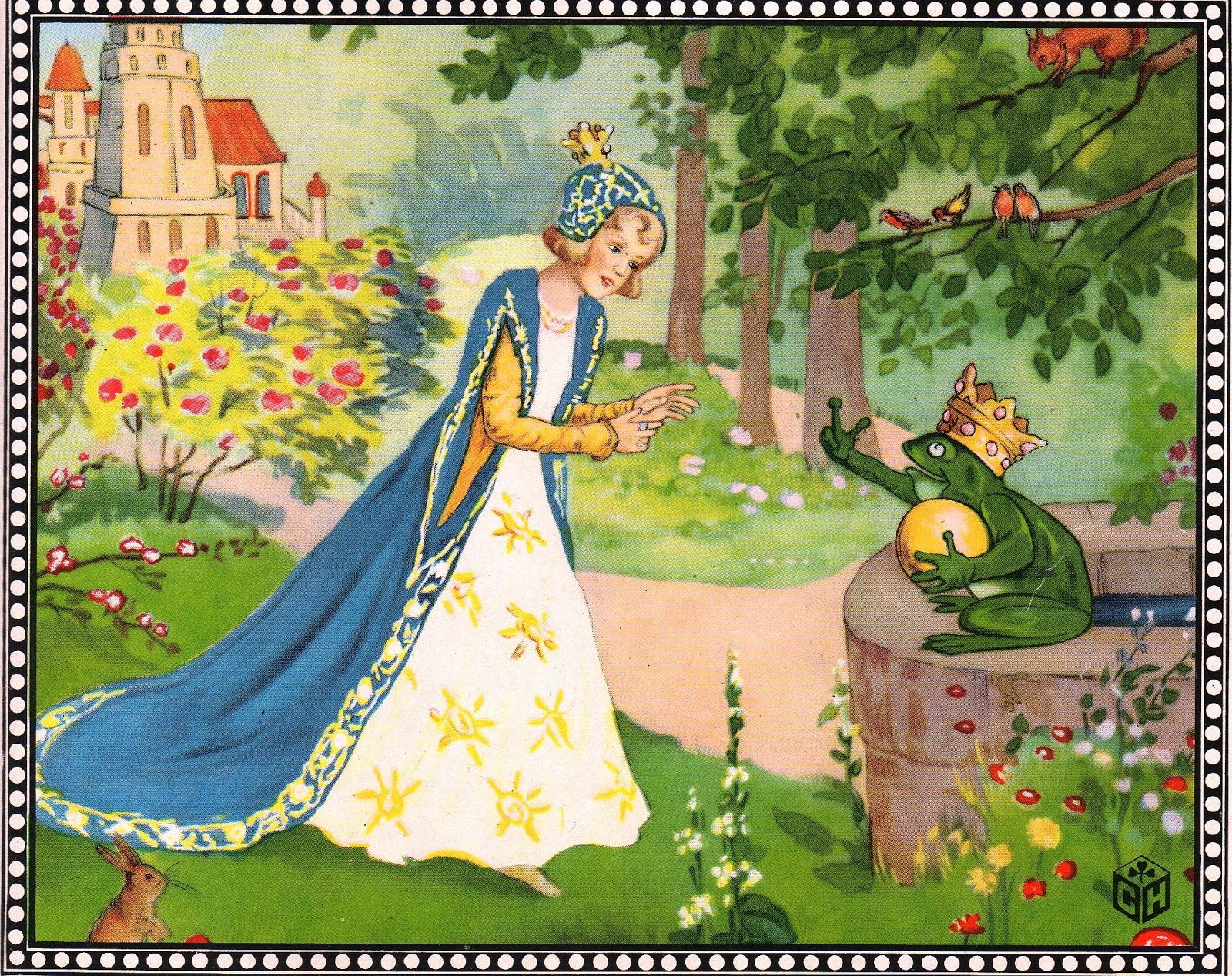 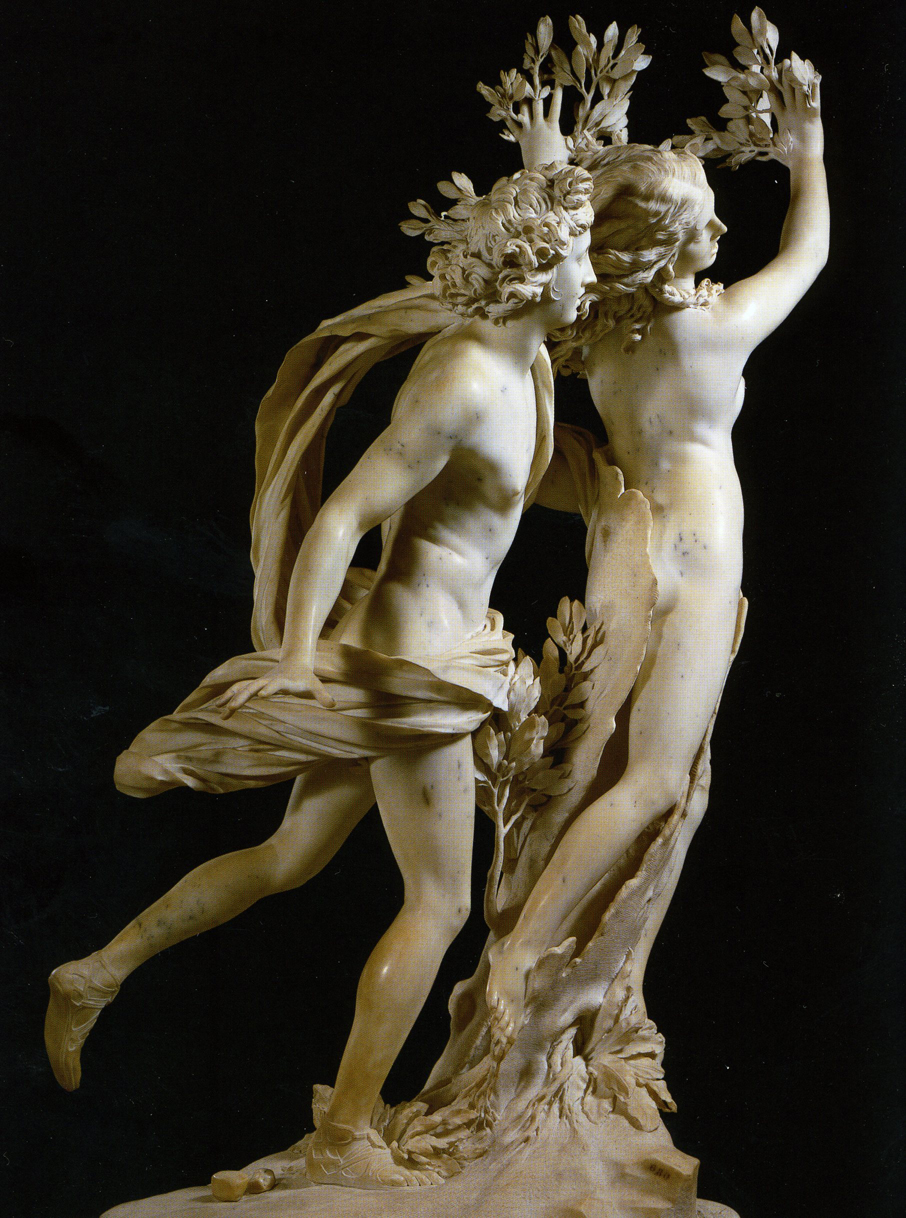 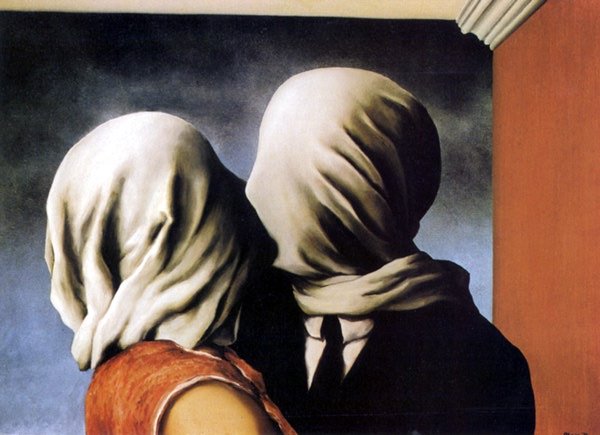 Scinetific Mythology as Mythic Journey An effective encounter with complex dynamics and network autonomy can be understood as an imaginal but factually derived mythic journey, through symbolic imagination, into an altered state of constellated consciousness--meaning one in which order is experienced as a non-linear, synergistic emergence.
The Mythic Journey of Ordinary Human Consciousness
into the Other World of Network Autonomy 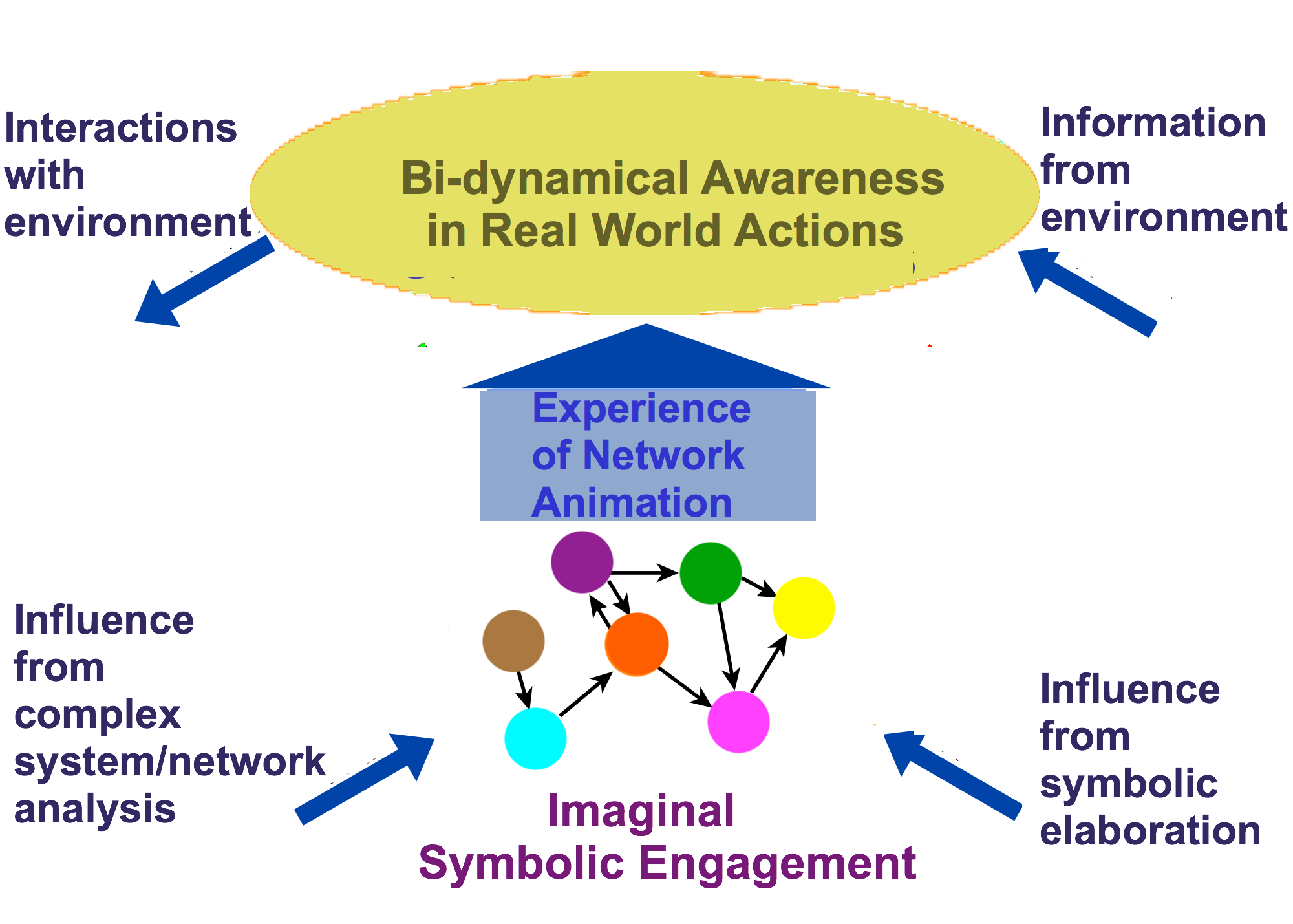
The Protean Encounter of Scientific Mythology
The
divine character of the god Proteus in Greek myth provides an apt
metaphor for the practice of scientific mythology. Proteus is a
spiritual animator of the system of the sea, sometimes referred
to as the shepherd of sea creatures, a personification of the
changeable nature of the ocean, and having the capacity to
foretell hidden and future events, even the motives of other gods and
goddesses. However, gaining such knowledge from him requires one first to find,
then hold onto him, even as he transforms himself into many different,
often terrifying creatures and things.
Proteus, personification of network autonomy as transformative sea change
To know the interdependencies of complexity and network dynamics is to wrestle with the metamorphic character of Proteus: 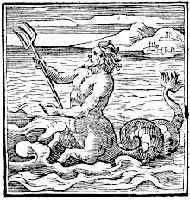 Only if one can do this might knowledge of the intentions of other spiritual animators be gained. Proteus personifies the soul of complex and chaotic dynamics in autonomous networks. Thus the mythic imagination of a struggle with this figure symbolizes that of interrogating complex networks, in the quest for understanding how they animate our selves and the world around us. One must be prepared to encounter all manner of surprising factors and transformations in the analysis and elaboration of network character, before one can reorient ones behavior toward them in a more realistic manner. |
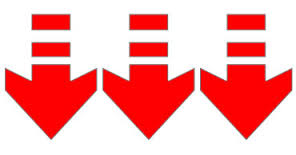 Dive Down
Dive Down 